As the US home decoration market continues to heat up, bathroom renovation has become one of the key projects for many households. The 2024 Houzz&Home report shows that nearly 48% of homeowners have included bathroom renovation in their plans for the next two years, and choosing high-quality bathroom cabinets is one of the highest budget investments. Especially, hardwood bathroom vanity, due to their durability, design aesthetics, and long-term value, are becoming the preferred choice for consumers.
In fact, bathroom cabinets are often seen as the "finale" of space, and their style, size, and material directly affect the overall design language of the bathroom. Compared to tiles, faucets, or lighting fixtures, bathroom cabinets combine storage, aesthetics, and daily functions, which is why more homeowners are willing to increase their budgets.
So, how should consumers choose the right hardwood bathroom cabinet from a wide range of choices?
1. Durability: The difference between hardwood and engineered wood
Unlike particleboard or medium-density fiberboard (MDF), solid wood bathroom cabinets have stronger impact resistance and load-bearing capacity. According to the National Kitchen and Bath Association (NKBA), the average lifespan of hardwood bathroom cabinets can reach 15-20 years, while engineered wood typically deforms or cracks after around 7-10 years.
Durability not only means longer service life, but also higher stability in daily use. For example, homeowners in large families often frequently use bathroom cabinets, from pulling drawers forcefully by children to storing heavy objects. Solid wood is better able to withstand these challenges than engineered wood.
Recommended materials: Oak, maple, walnut, and cherry wood, which perform better in terms of hardness, texture, and moisture resistance. Among them, maple is famous for its delicate and uniform texture, perfectly matched with paint finishes, while walnut provides a natural, rich, and deep colour tone, attracting homeowners who pursue luxurious beauty.
2. Moisture prevention: the core challenge of the bathroom environment
According to the US Environmental Protection Agency (EPA), the bathroom is one of the spaces with the highest humidity in the home. When choosing a hardwood washbasin, attention must be paid to its moisture-proof treatment process:
Sealing glue: High-quality varnish or polyurethane coating can reduce the water absorption and expansion rate of wood.
Ventilation design: Cabinet backboards or bottoms should have moderate openings to promote air circulation and slow down mould growth.
In addition, homeowners should also pay attention to daily maintenance. For example, quickly wiping off accumulated water after use, ensuring that the bathroom exhaust fan is in good condition, and avoiding the use of irritating chemical cleaners can all extend the service life of hardwood washbasins. Many manufacturers now offer pre-treated hardwood with advanced surface treatment, providing additional protection without compromising the natural beauty of the wood grain.

3. Size and spatial layout
According to a study by the Home Improvement Research Institute (HIRI) in 2023, 68% of bathroom renovation projects involve space optimisation. Solid wood bathroom cabinets are not only functional furniture, but also key to spatial layout:
Small-sized bathroom: It is recommended to choose a wall-mounted suspended solid wood bathroom cabinet to free up floor space. This not only improves the activity in the room, but also creates a larger visual space.
Large-sized bathroom: Double sink, solid wood bathroom cabinets can enhance efficiency and luxury, making mornings for couples or families more relaxed and comfortable.
Homeowners should also consider their storage needs. For example, detailed designs such as integrated drawer organisers, hidden hair dryer or electric toothbrush sockets, and buffer closure hardware can significantly enhance the user experience. Planning sufficient countertop space is equally important - quartz or marble countertops paired with solid wood bases can achieve a perfect balance between durability and aesthetics.
4. Design Trend: Integration of Nature and Modernity
In terms of design aesthetics, solid wood washbasins are gradually combining natural wood grain with modern minimalist style. At the 2025 KBIS International Bathroom Cabinet and Bathroom Expo, bathroom cabinets combining light walnut wood and black metal became the focus.
Popular colour schemes: light oak, warm walnut, matte black.
Matching trend: Paired with LED backlit mirrors and quartz stone countertops to create a high-end spa-like atmosphere.
In addition to these trends, the demand for customisation is also increasing. Many homeowners now demand unique finishes, such as weathered oak or hand-polished dyes, to showcase their individuality. Combining natural wooden washbasins with intelligent lighting systems (such as motion-sensing sunken lighting) can enhance the overall comfort of the space.
5. Sustainability and environmental value
Against the backdrop of increasing environmental awareness, consumers are more inclined to choose solid wood bathroom cabinets that have obtained FSC (Forest Stewardship Council) certification. According to a survey by the US Green Building Council, 61% of young homeowners prioritise environmentally certified products when purchasing household items. This is not only for health and safety considerations, but also a bonus point to enhance the future resale value of the house.
In addition, procurement is also crucial. Many American manufacturers emphasise the use of American hardwood harvested through responsible forestry practices. Choosing products with low volatile organic compound (VOC) coatings can also help improve indoor air quality, which is increasingly valued in modern households. For environmentally conscious buyers, hardwood bathroom cabinets align with their lifestyle values and long-term financial goals.
6. Budget and Long-term Investment
The price of solid wood bathroom cabinets is usually between $800 and $3500, much higher than engineered wood bathroom cabinets, priced between $400 and $1200. But from the perspective of investment return, hardwood bathroom cabinets usually bring higher premiums when reselling houses. According to the 2024 Cost and Value Report by Remodelling Magazine, the return on investment (ROI) for bathroom renovation can reach as high as 66% to 72%, and high-end wooden bathroom cabinets are one of the key factors in increasing home valuation.
It is worth noting that higher upfront costs can usually be offset by reducing replacement frequency. Engineering wooden washbasins may need to be replaced in 8 years, while solid wood bathroom cabinets can be used for decades if maintained properly. For homeowners planning long-term residency, hardwood bathroom cabinets are a more cost-effective option. In addition, many luxury real estate agents point out that buyers see hardwood bathroom cabinets as a sign of quality, which further enhances the resale appeal of the property.
Conclusion
Choosing the right hardwood bathroom sink is not just a purchase of furniture, but also a strategic investment to enhance the quality of life and property value. Consumers should consider durability, moisture resistance, design trends, environmental certifications, and long-term budget from multiple dimensions when making a purchase.
As bathrooms gradually evolve from purely functional spaces to personal rest areas, the role of hardwood washbasins has become increasingly important. With the increasing demand for high-end solid wood products in the market, it can be foreseen that hardwood washbasins will continue to lead the high-end trend of bathroom decoration in the future, not only bringing storage space and fashionable style to homeowners, but also bringing comfort, sustainability, and lasting value.

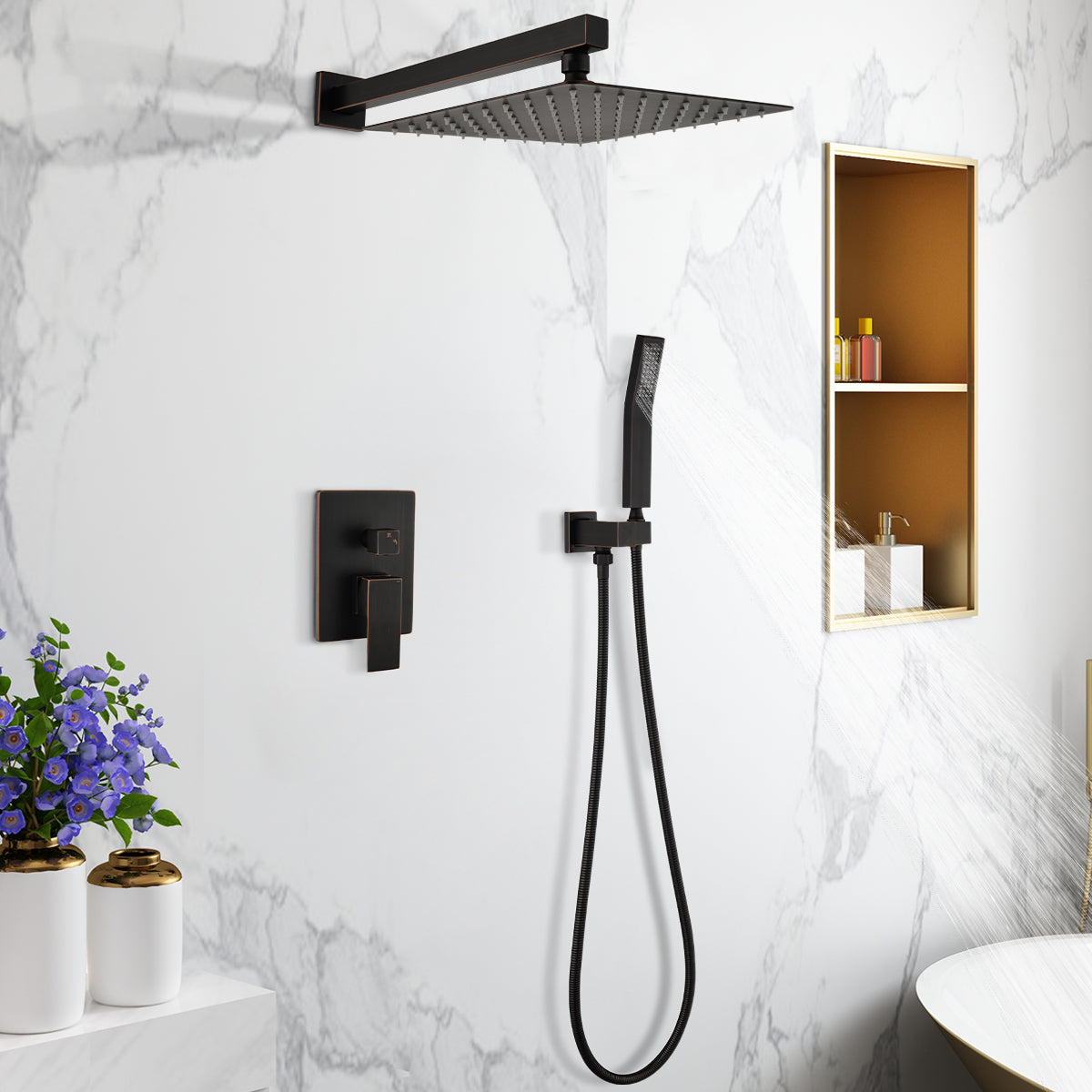
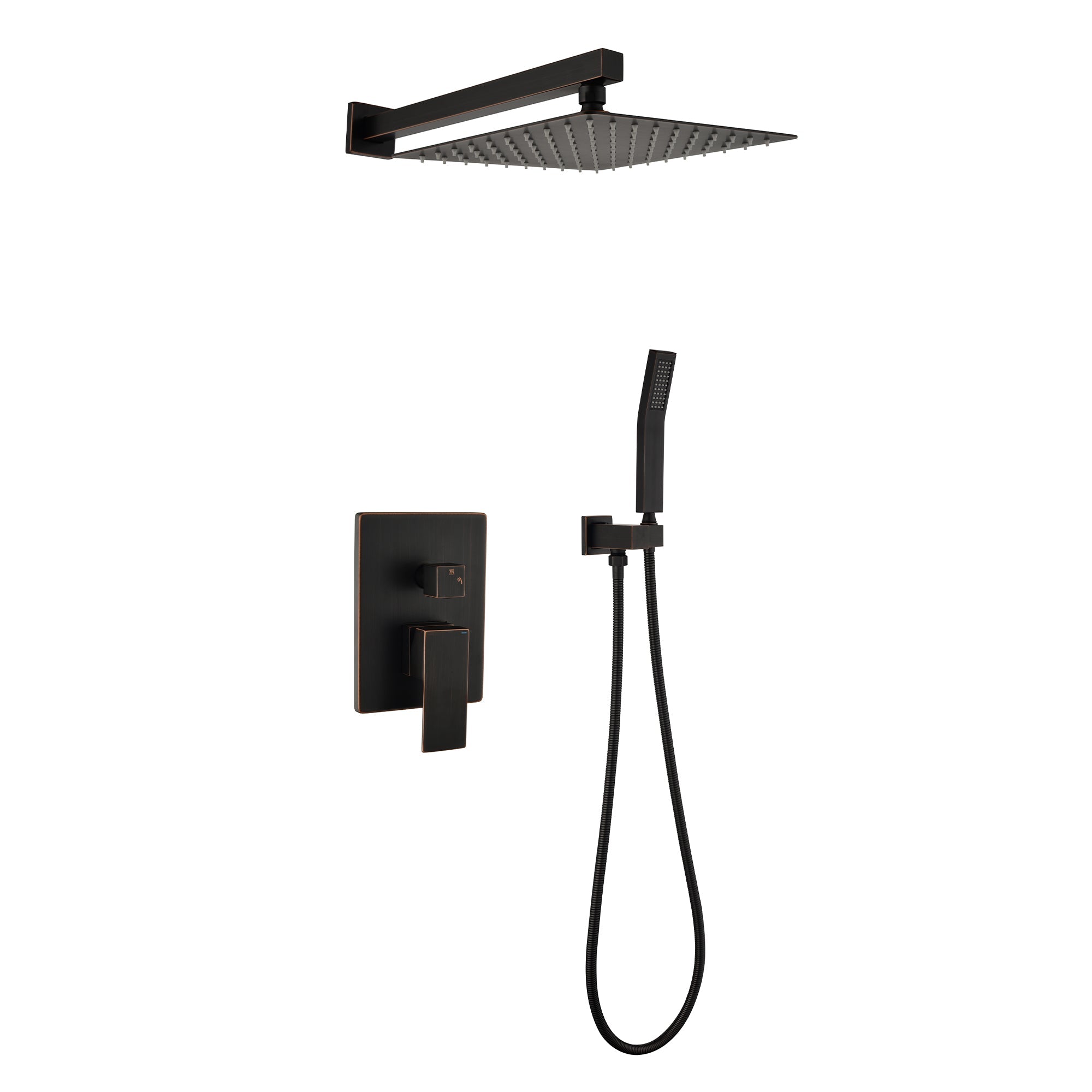


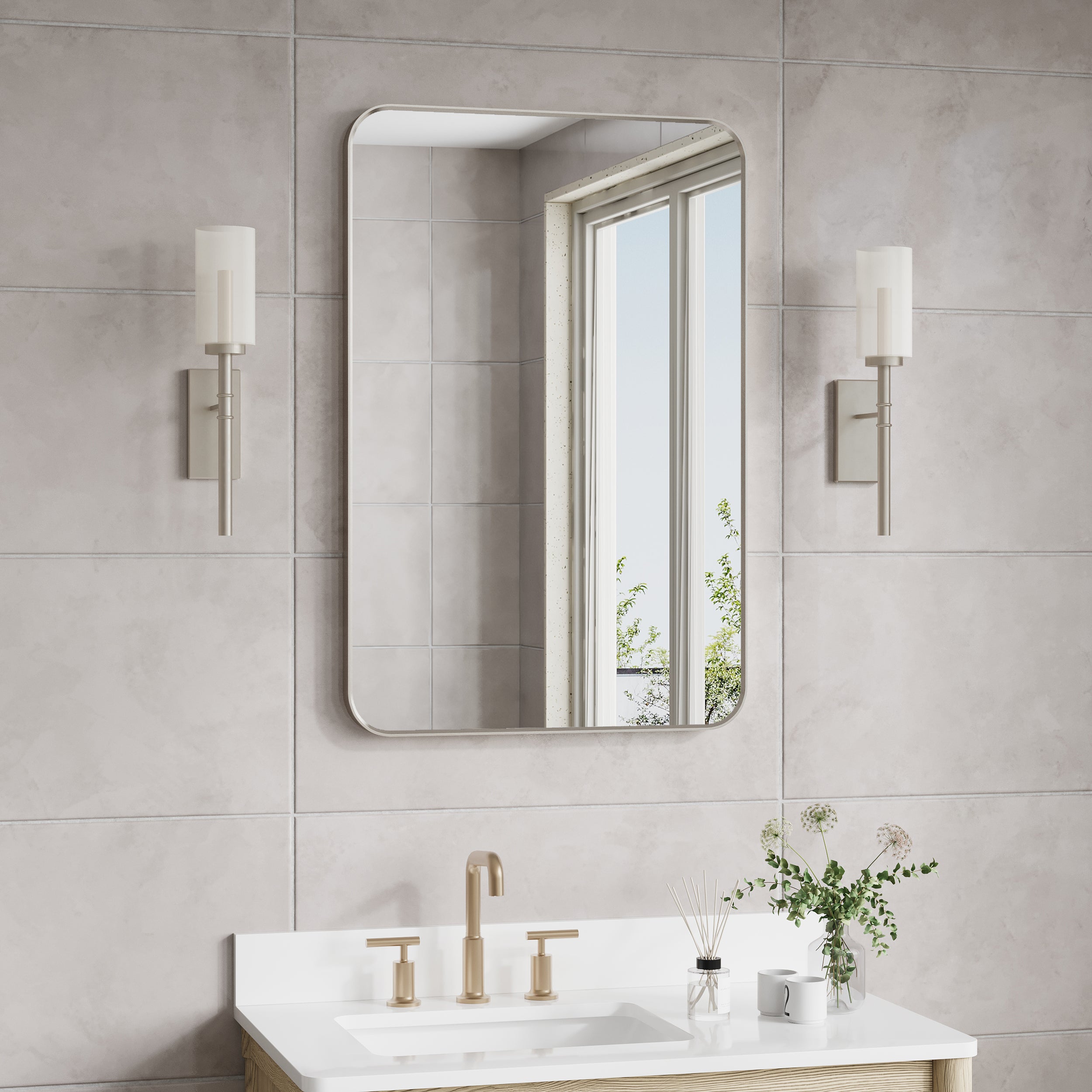
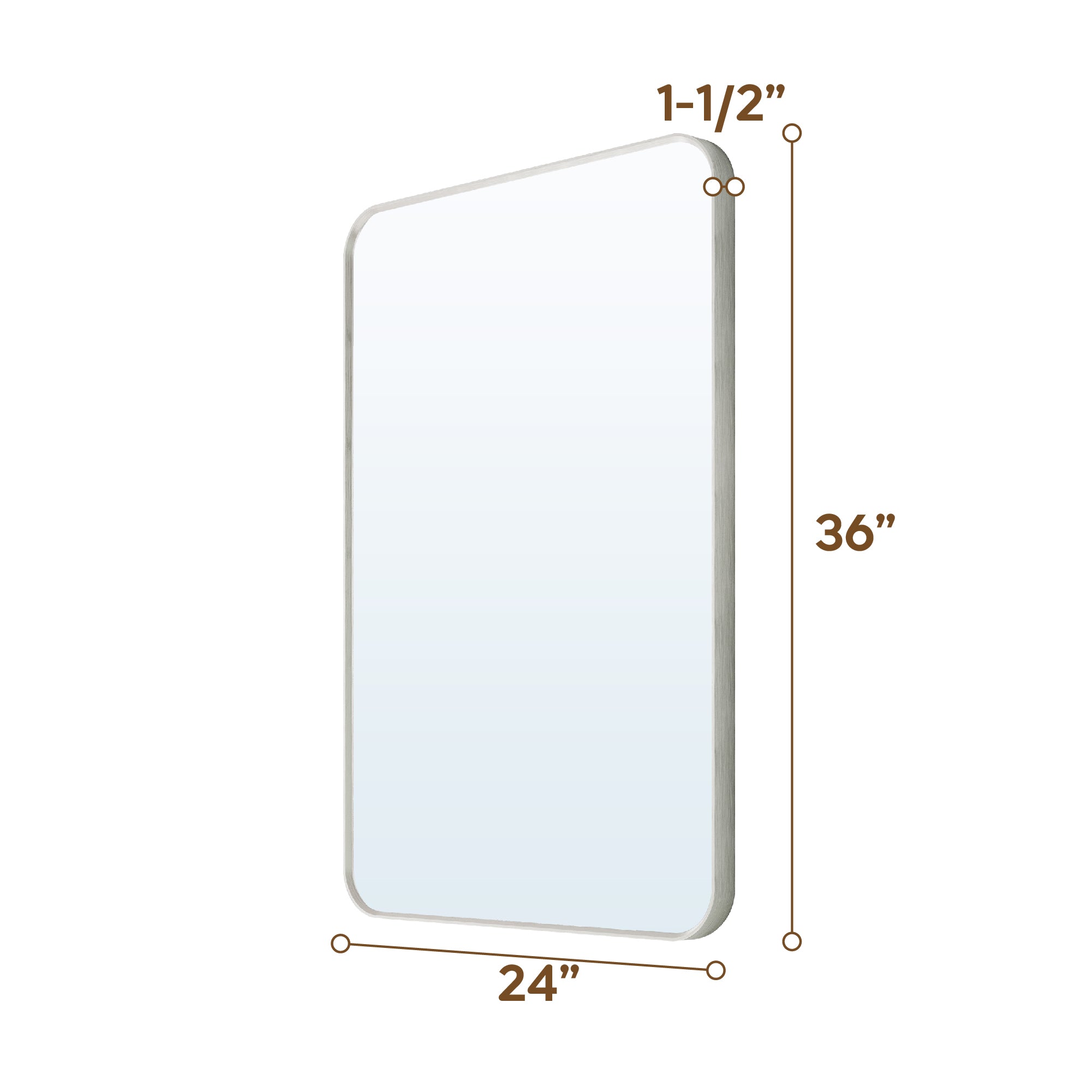

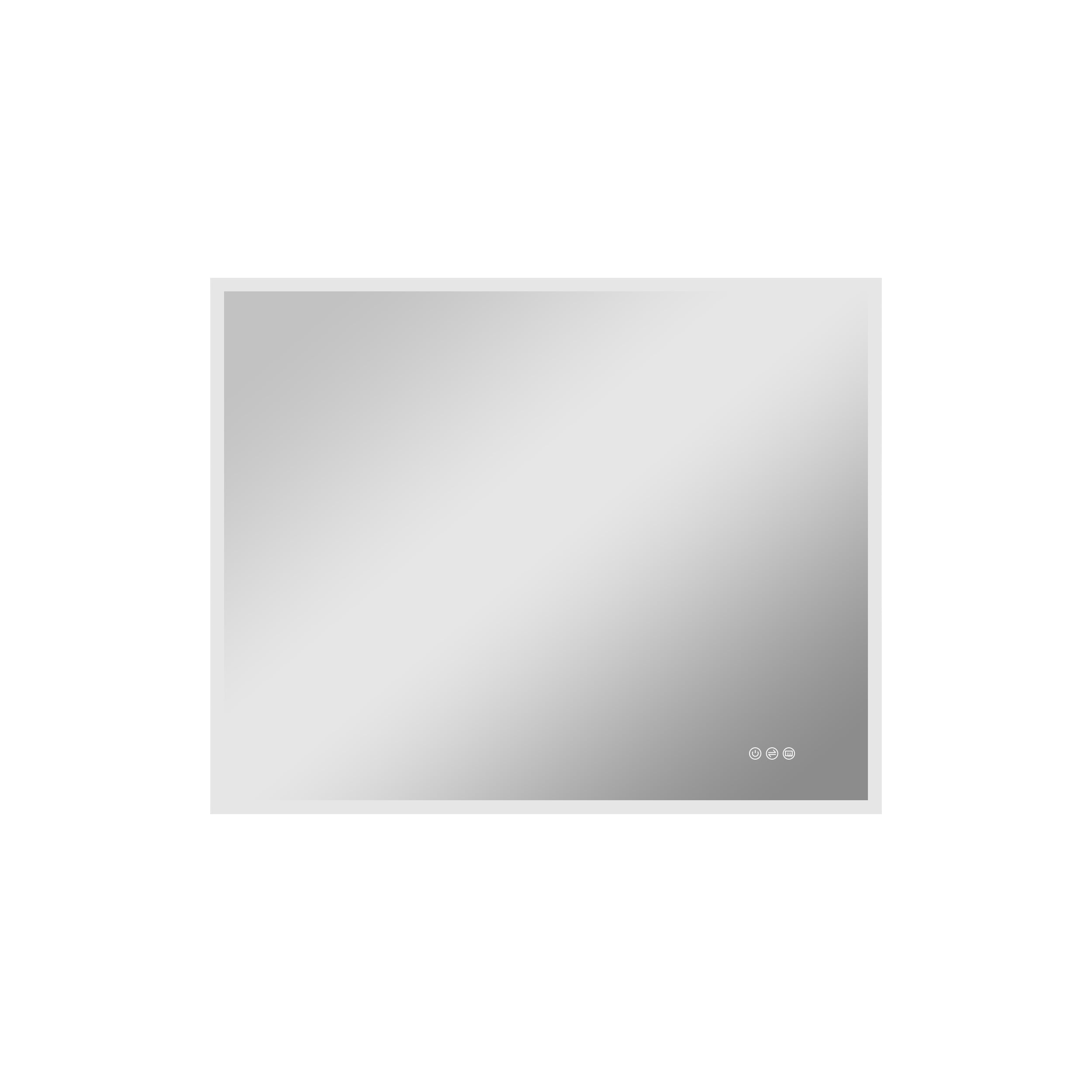

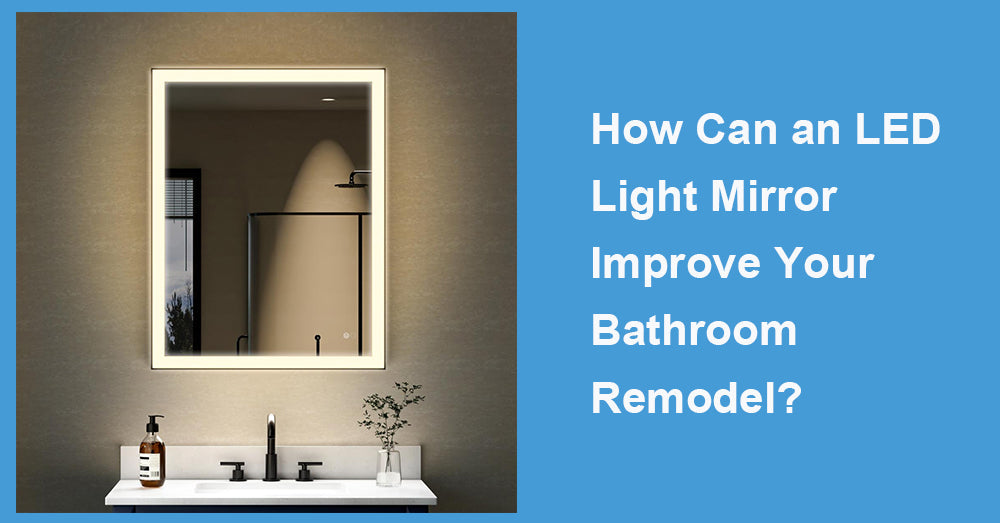
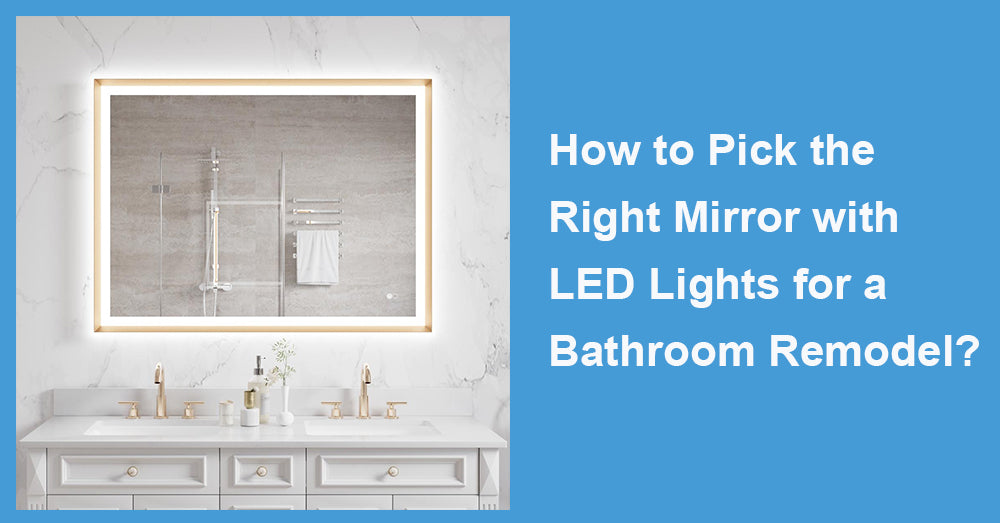
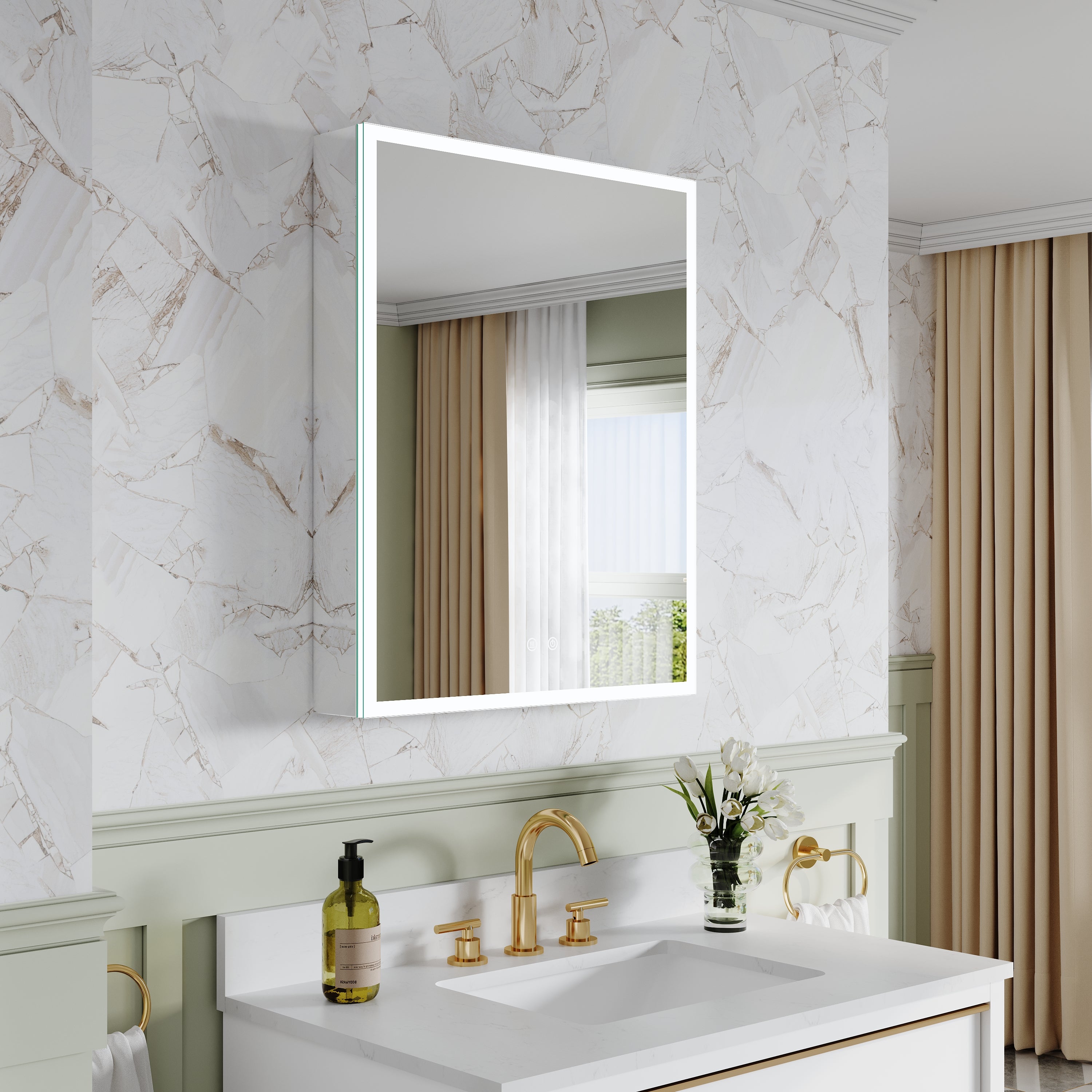
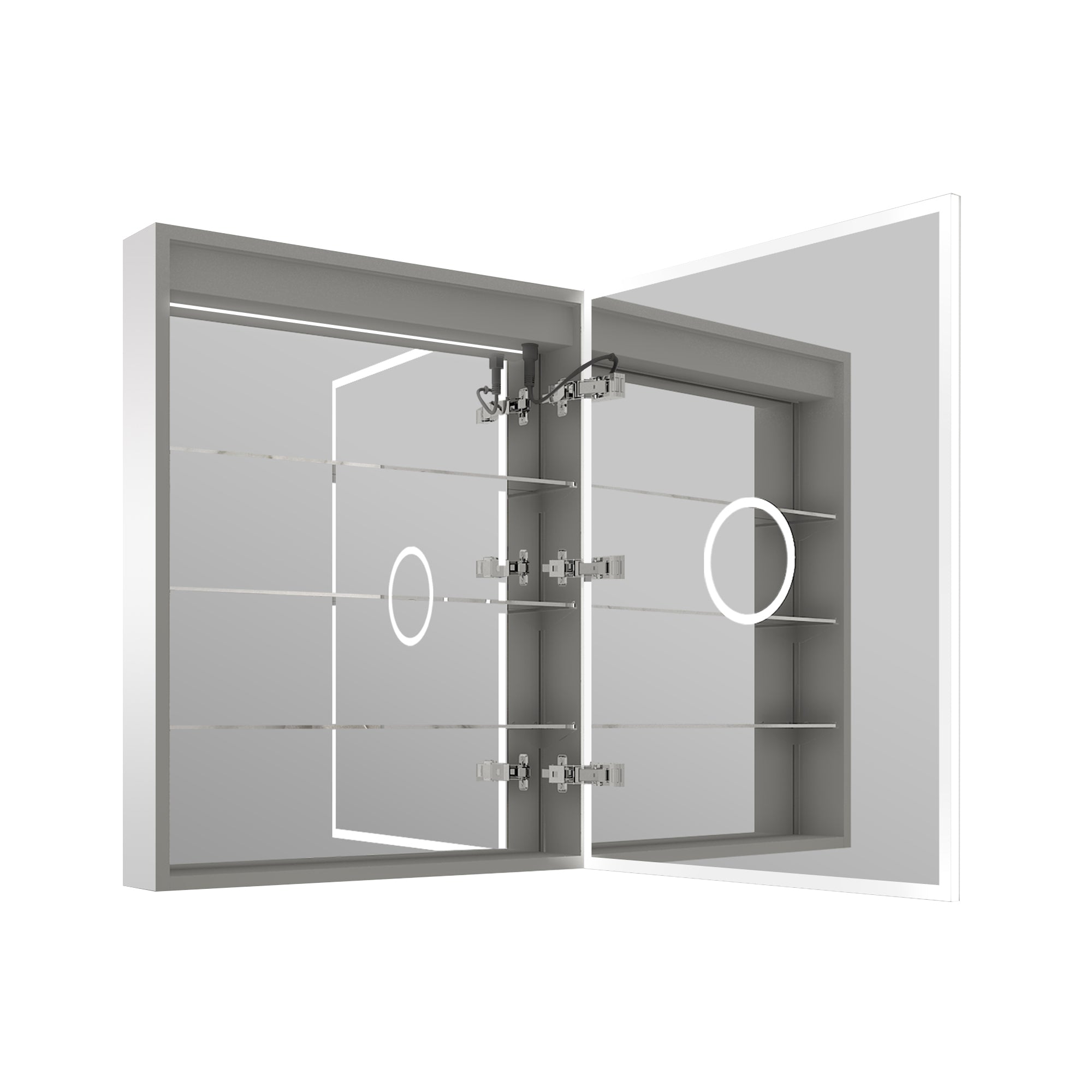
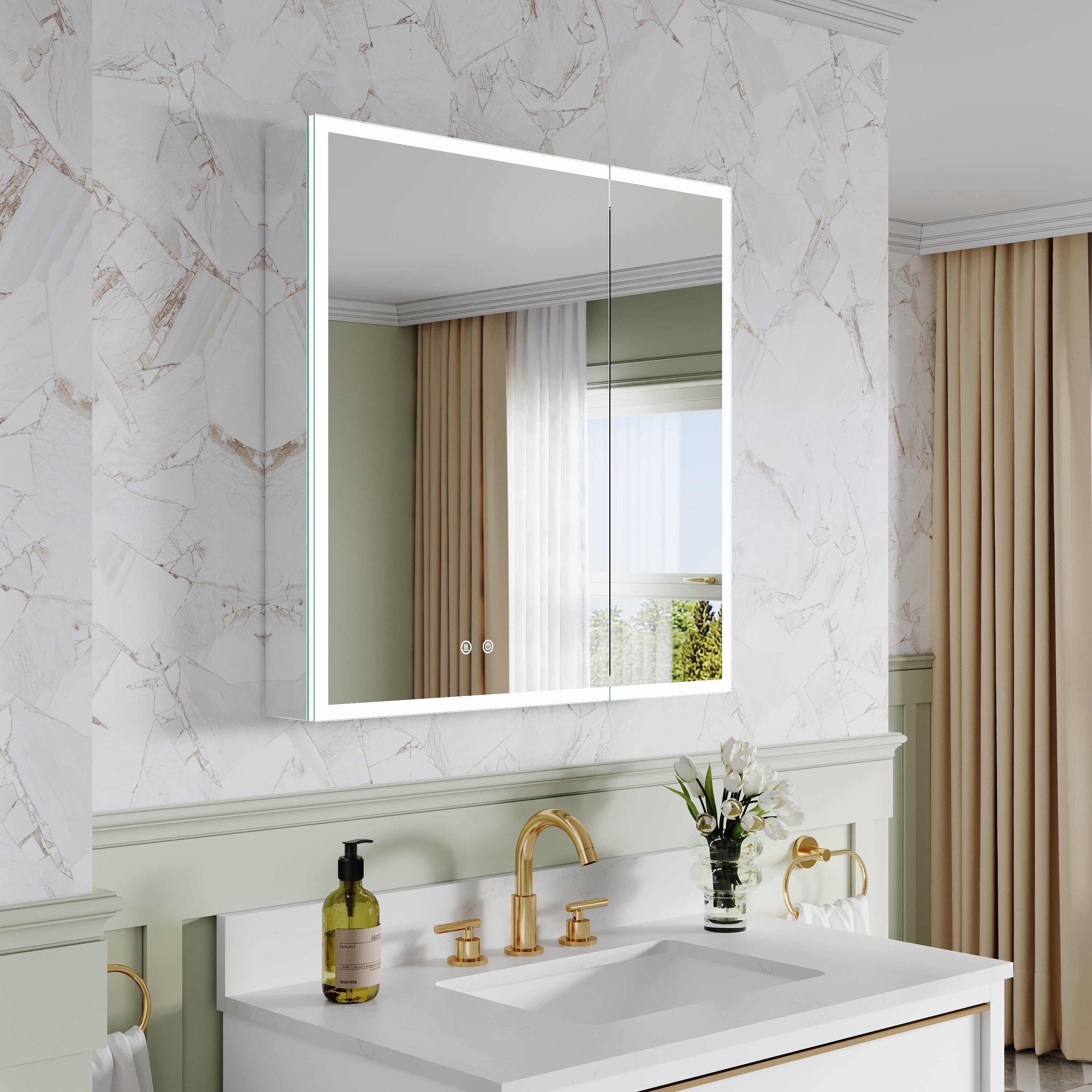
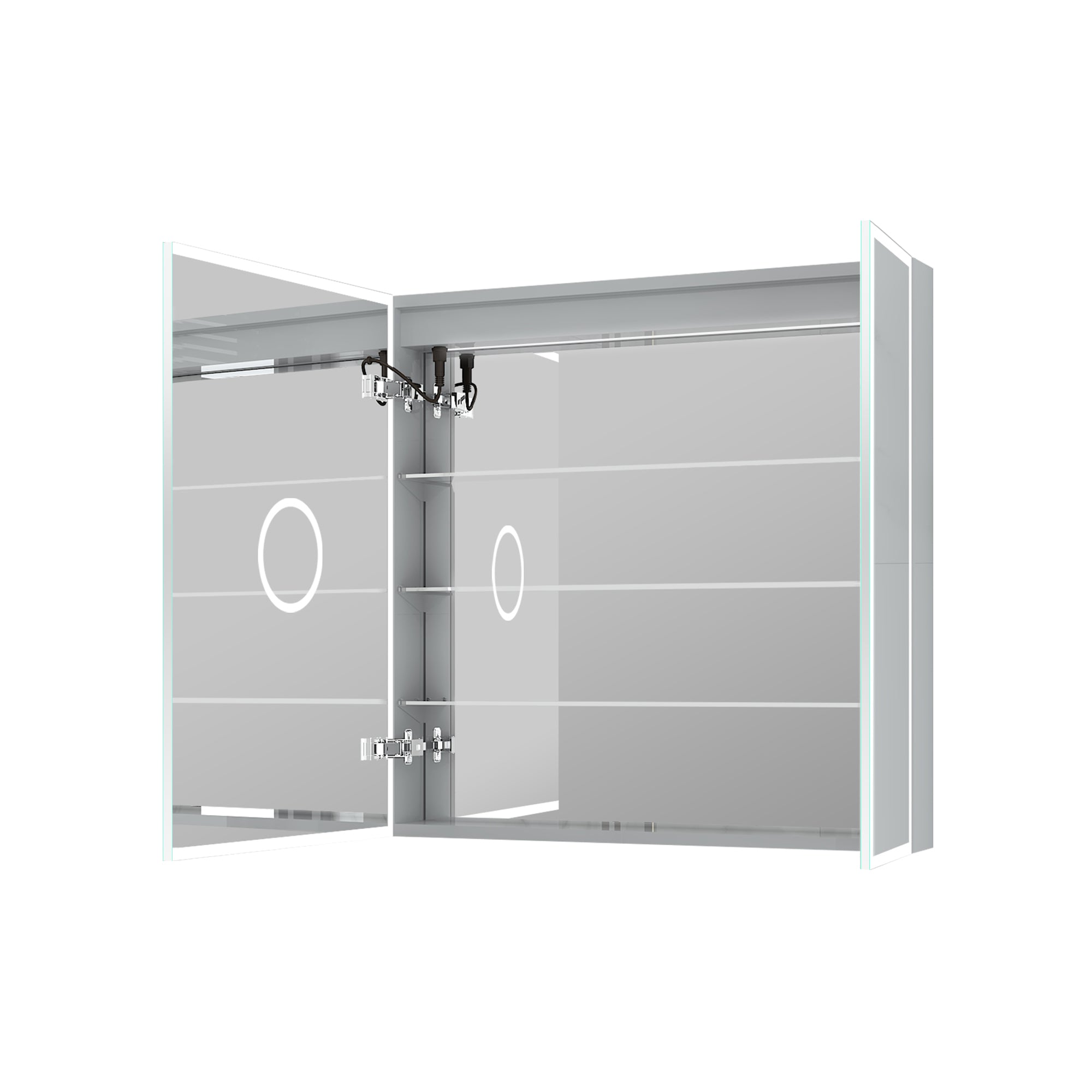
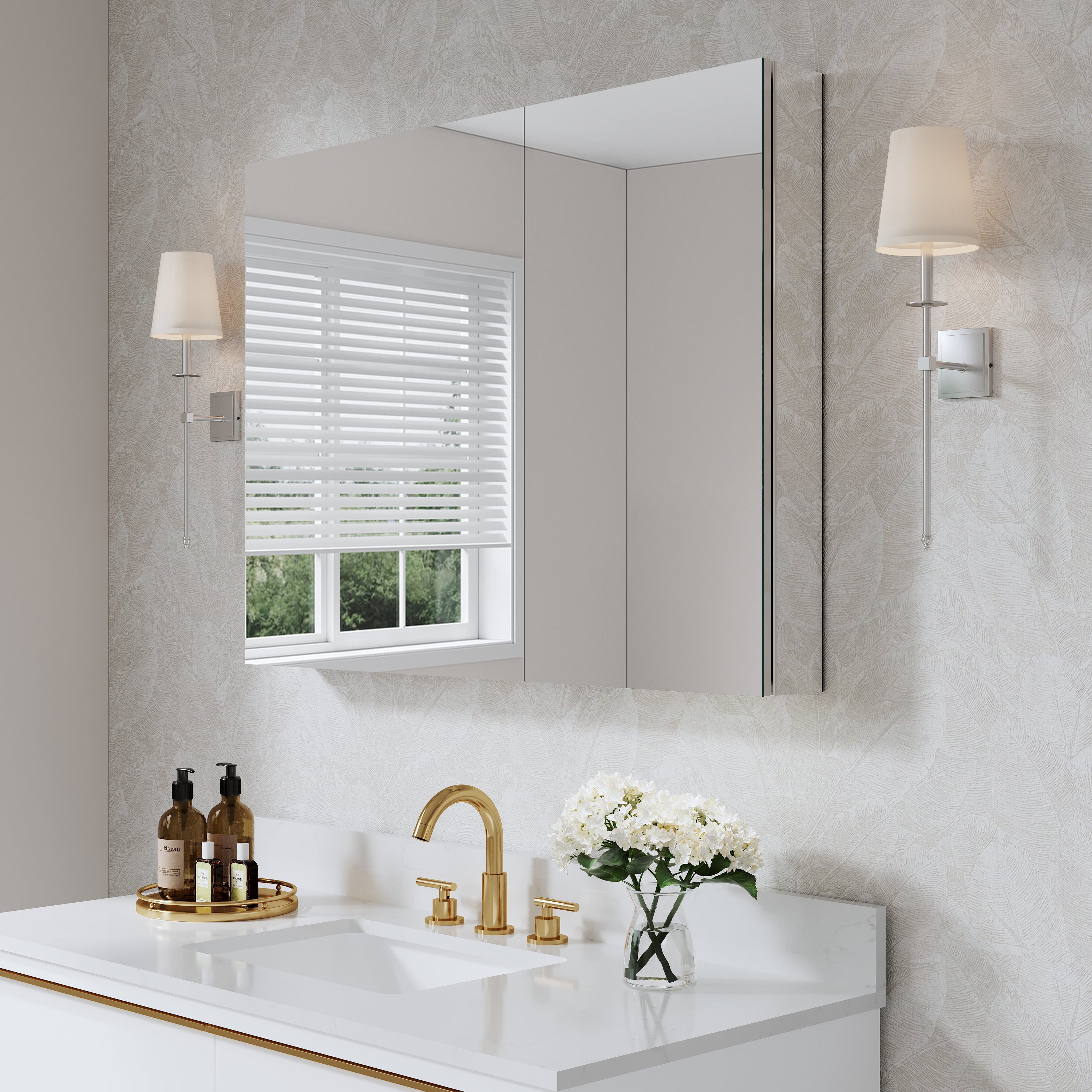

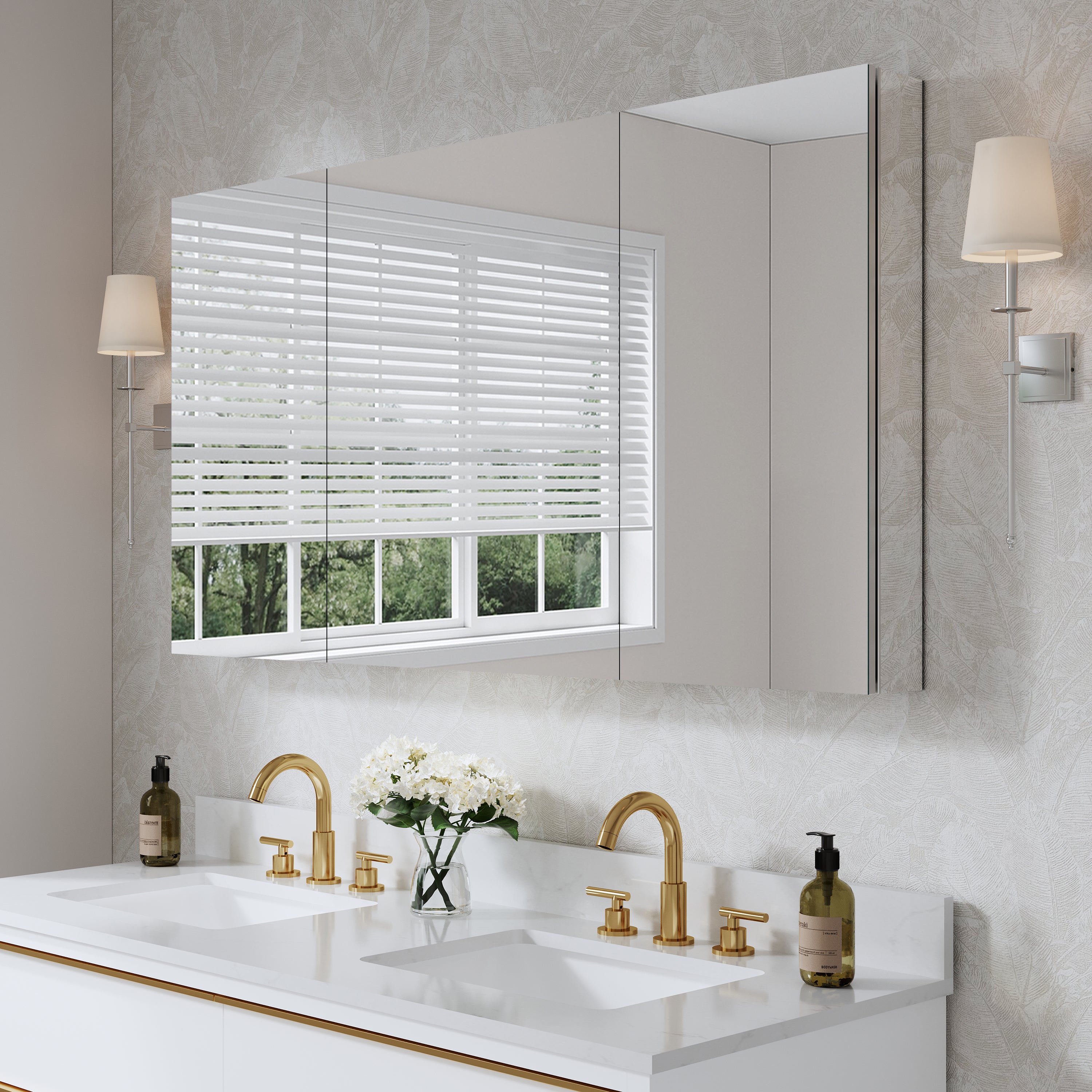

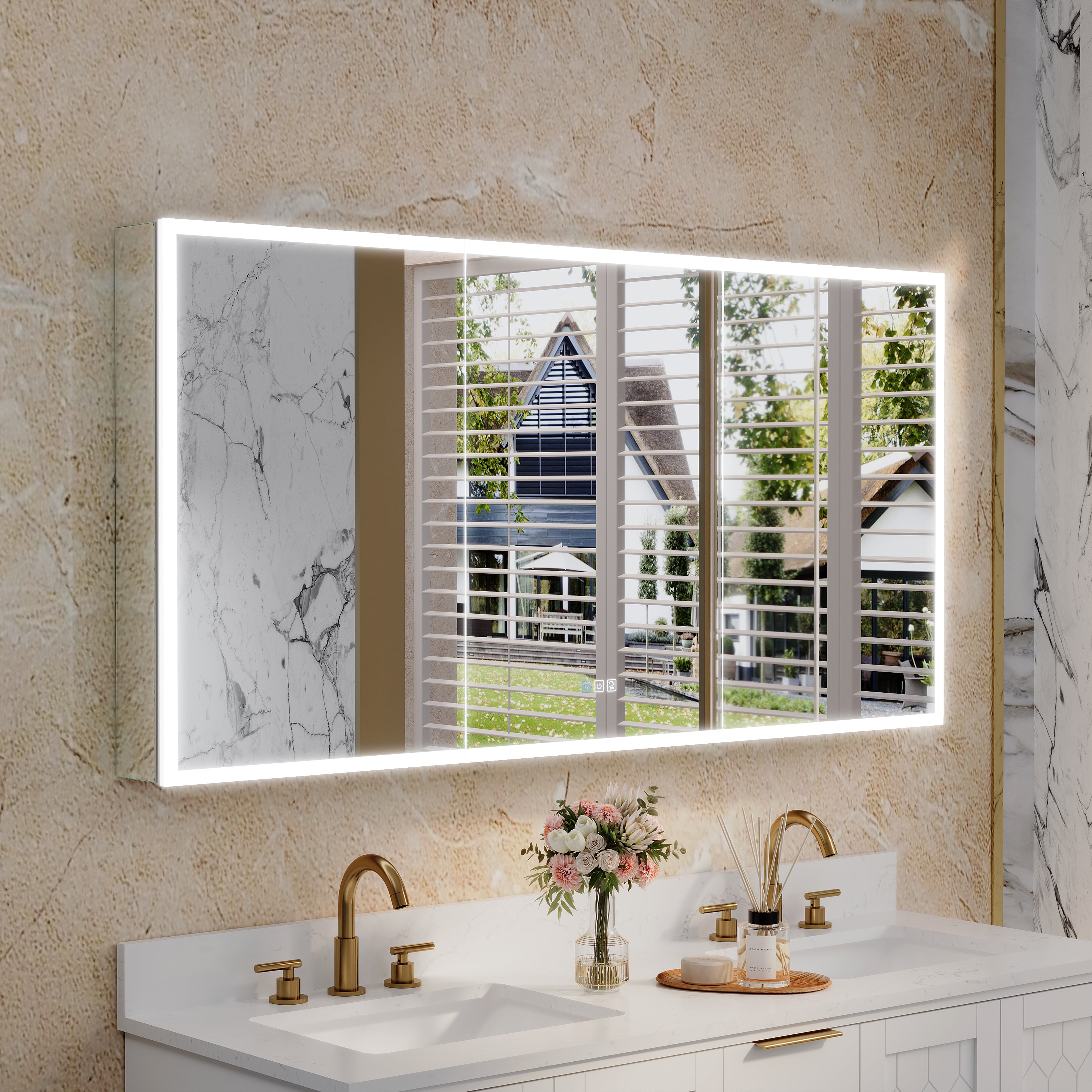

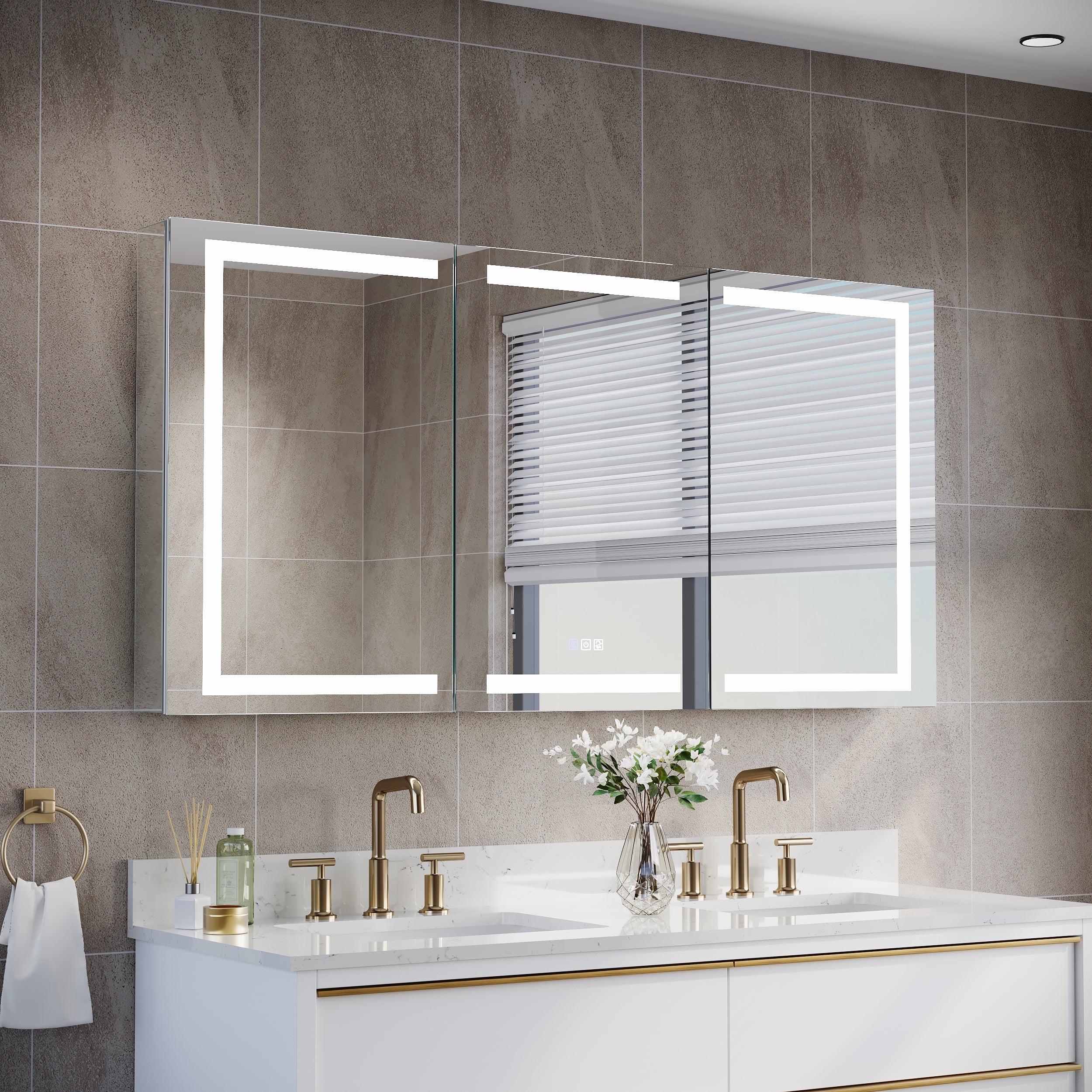


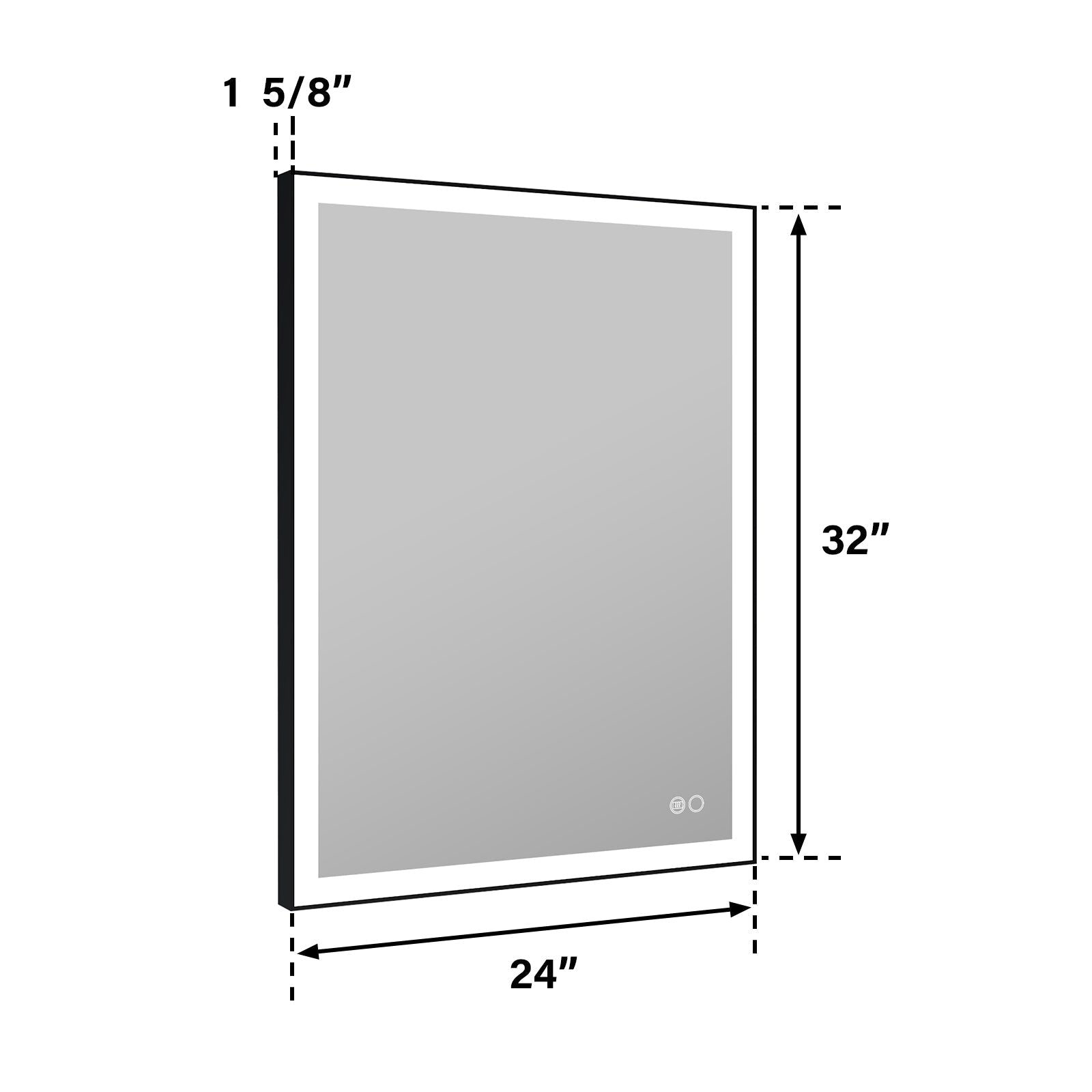
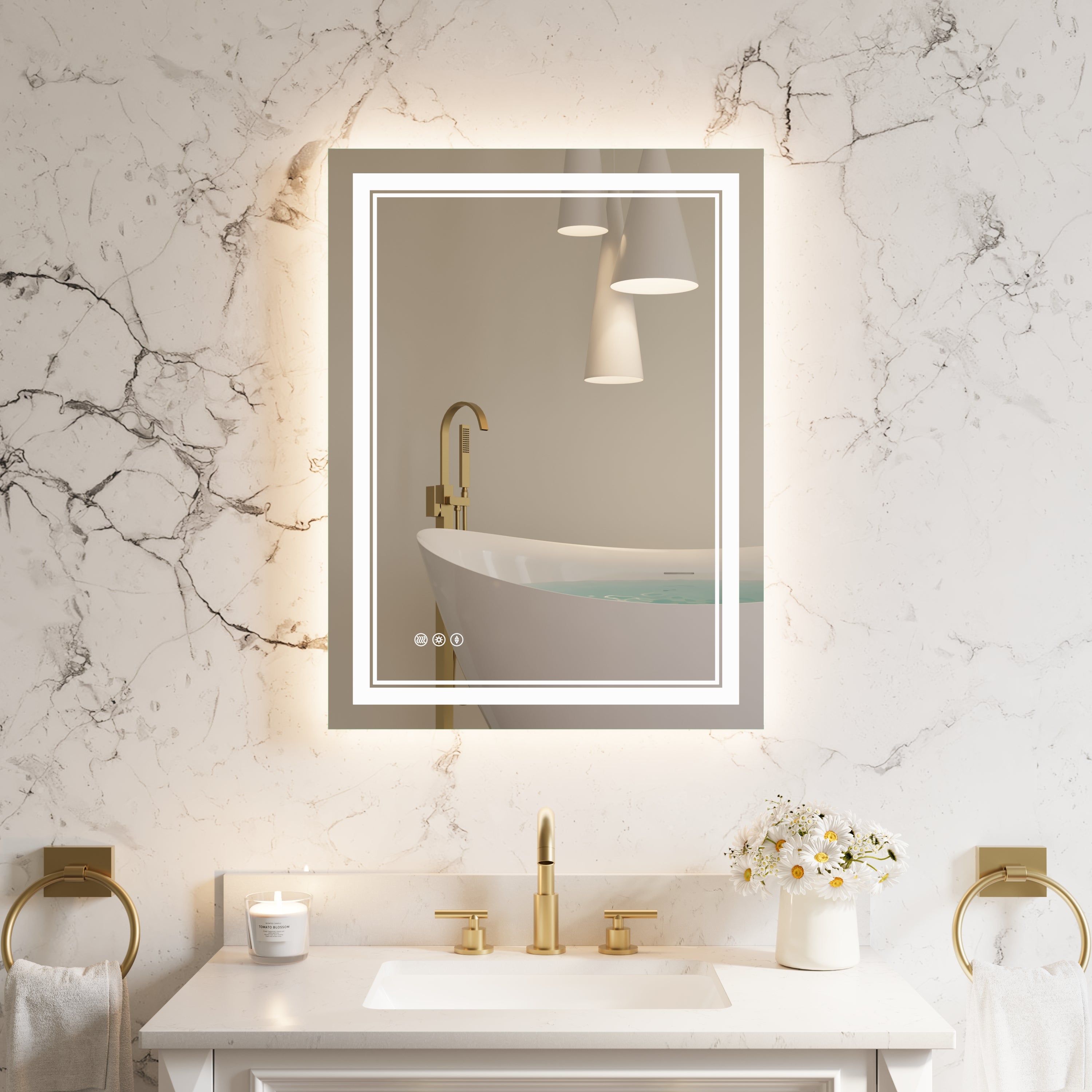
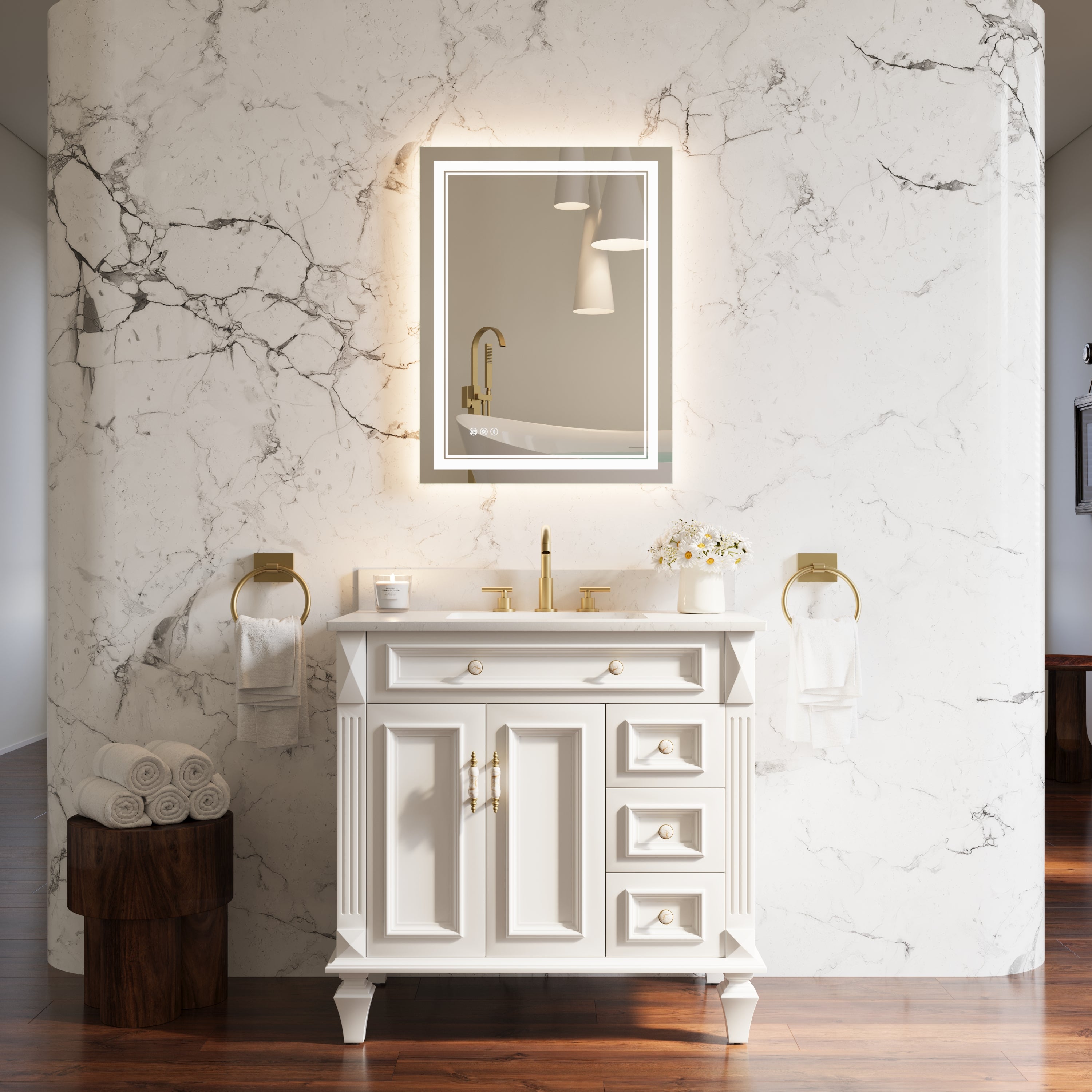
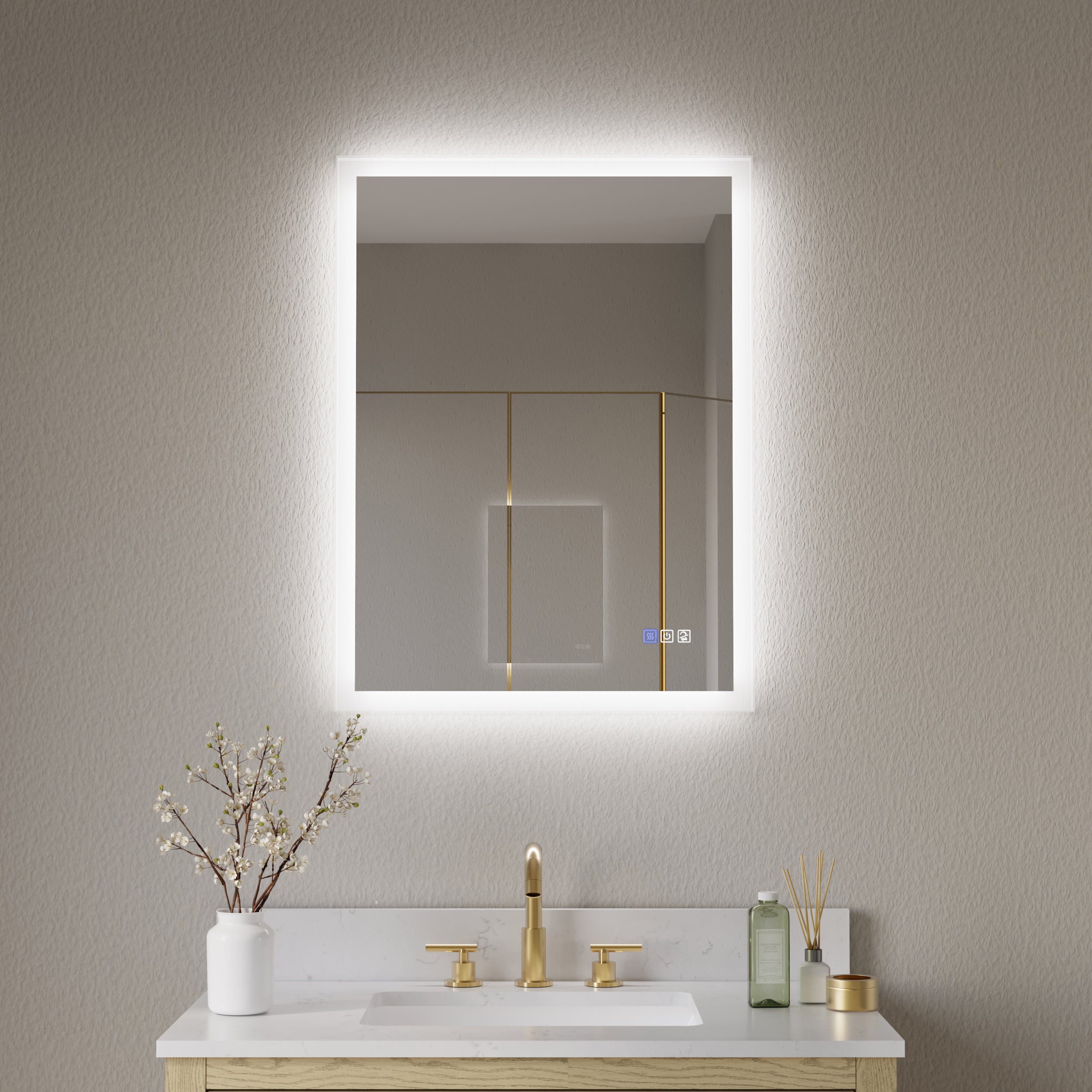

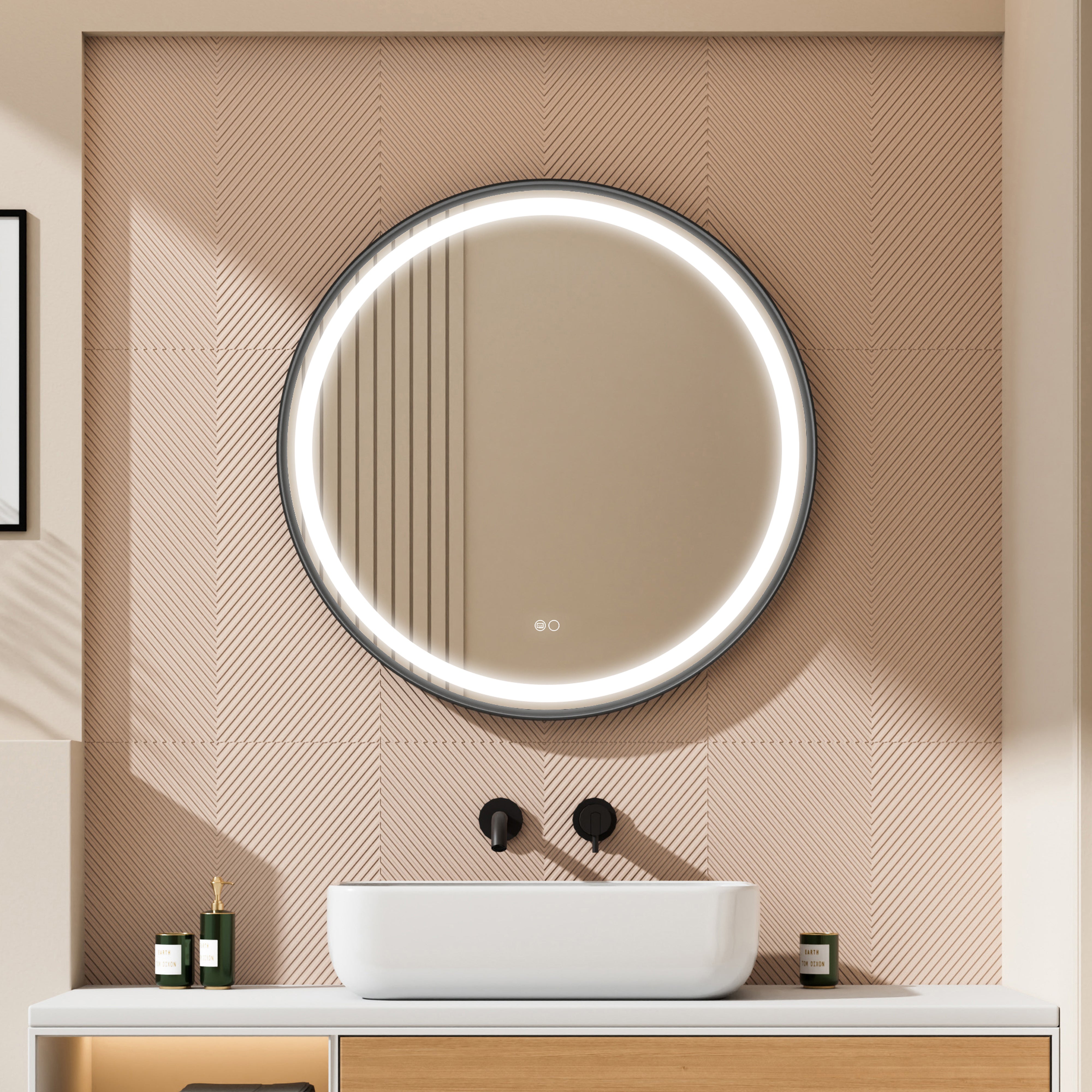
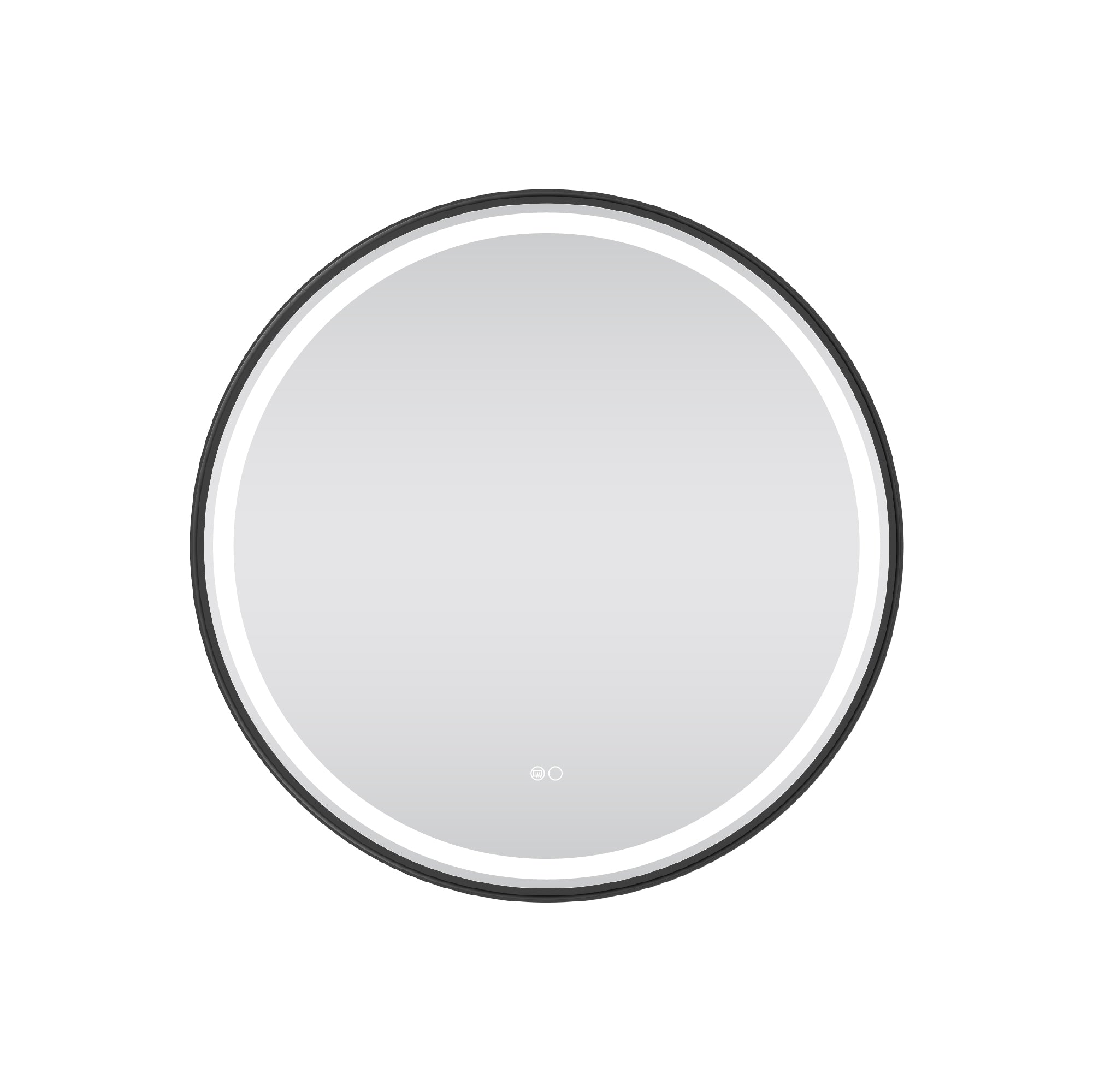


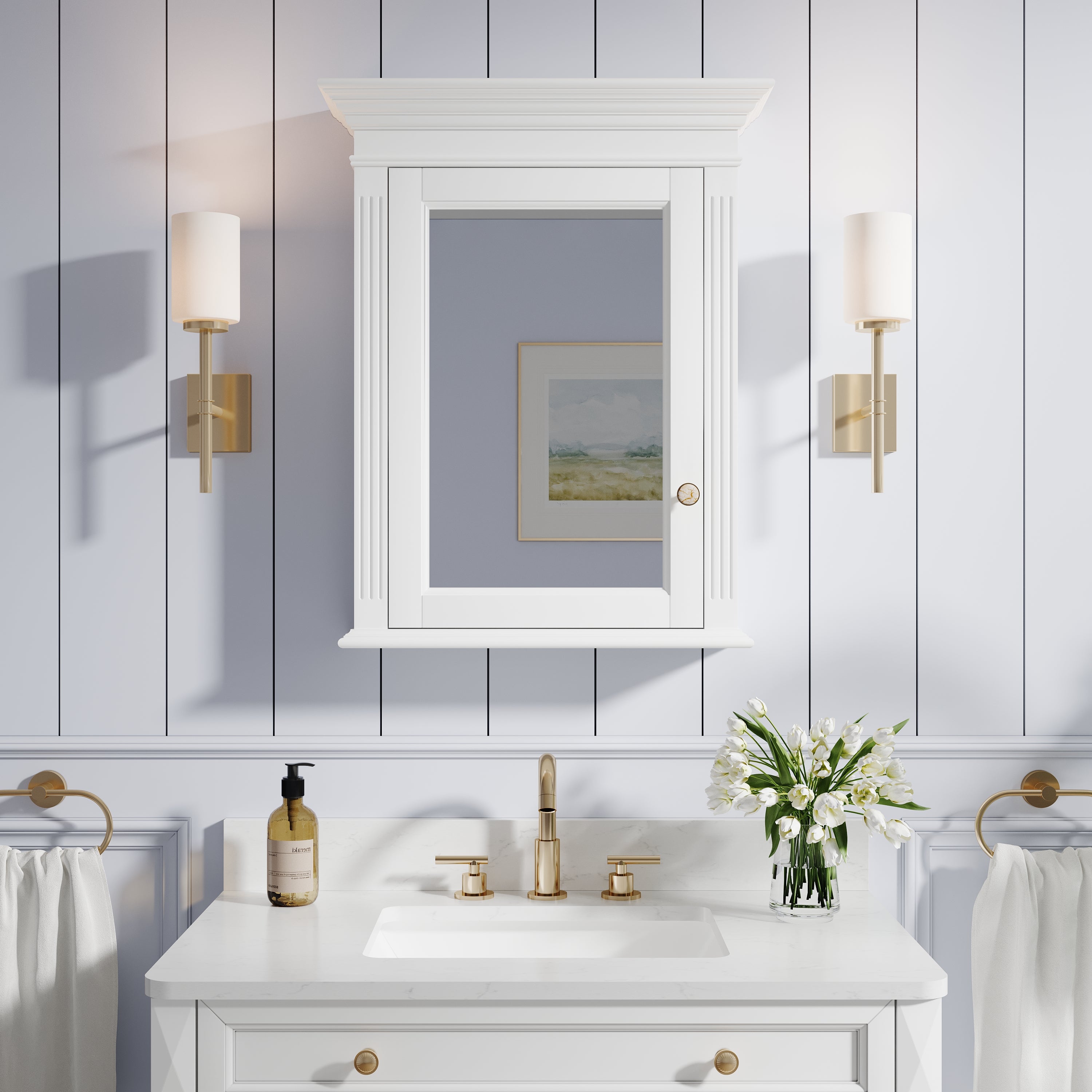
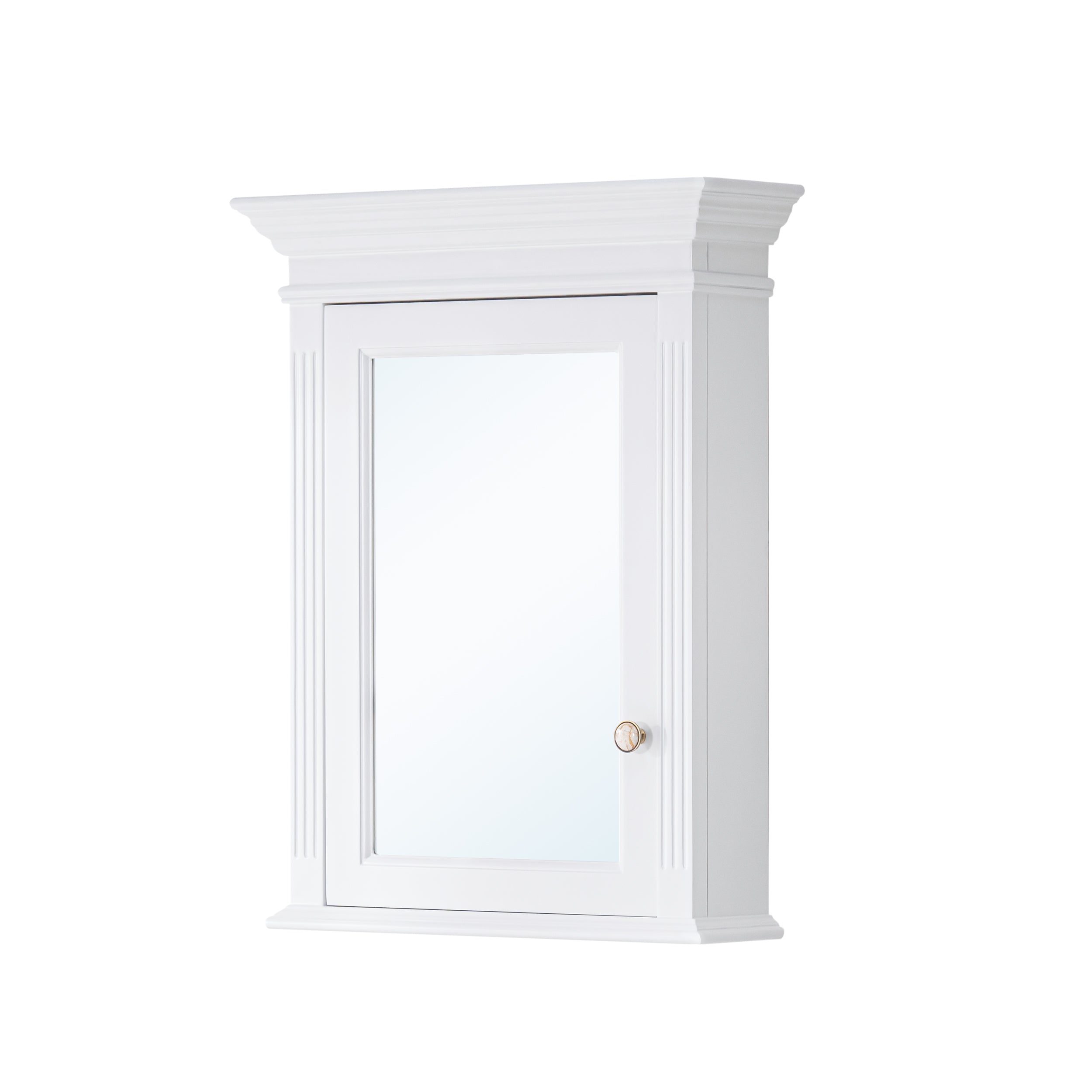
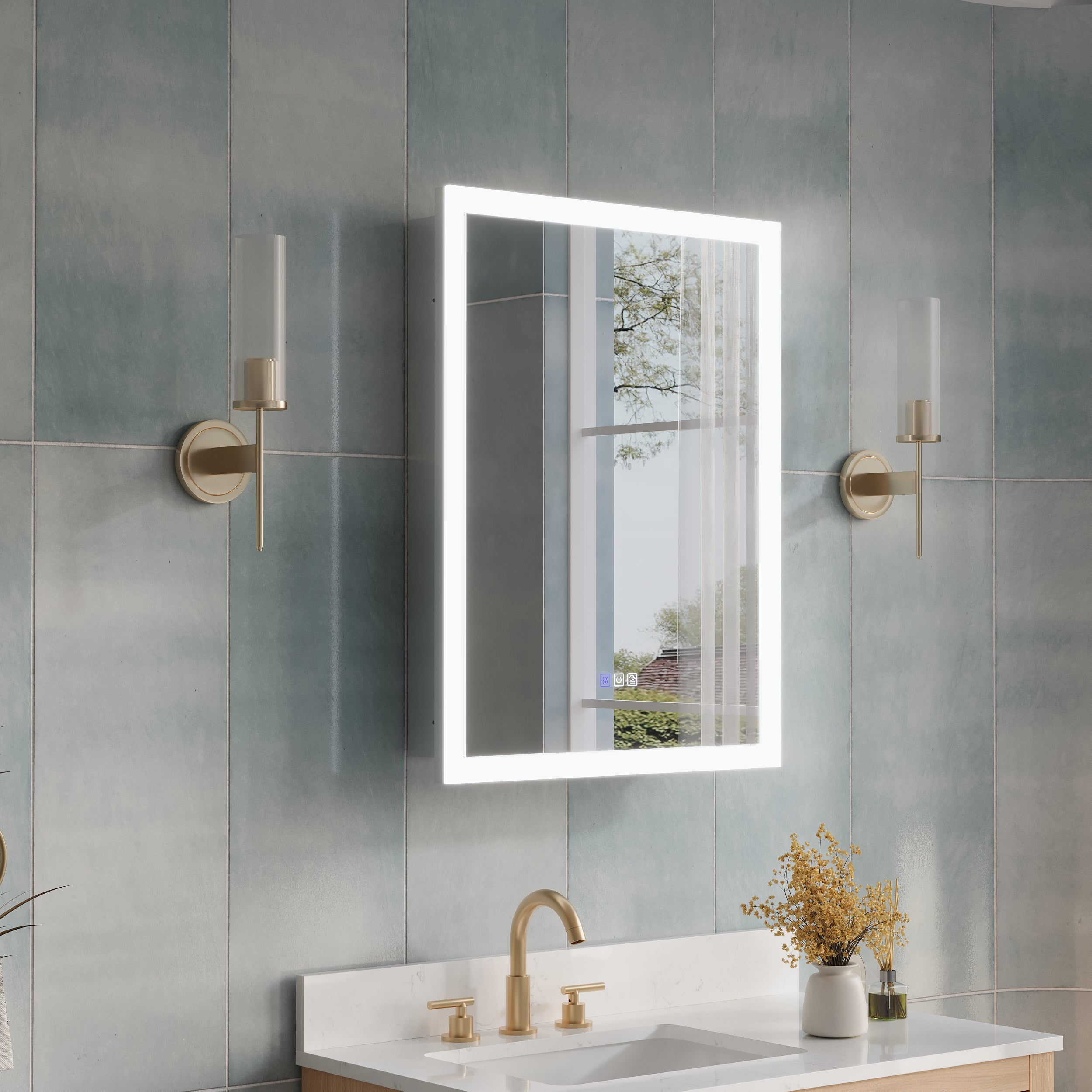
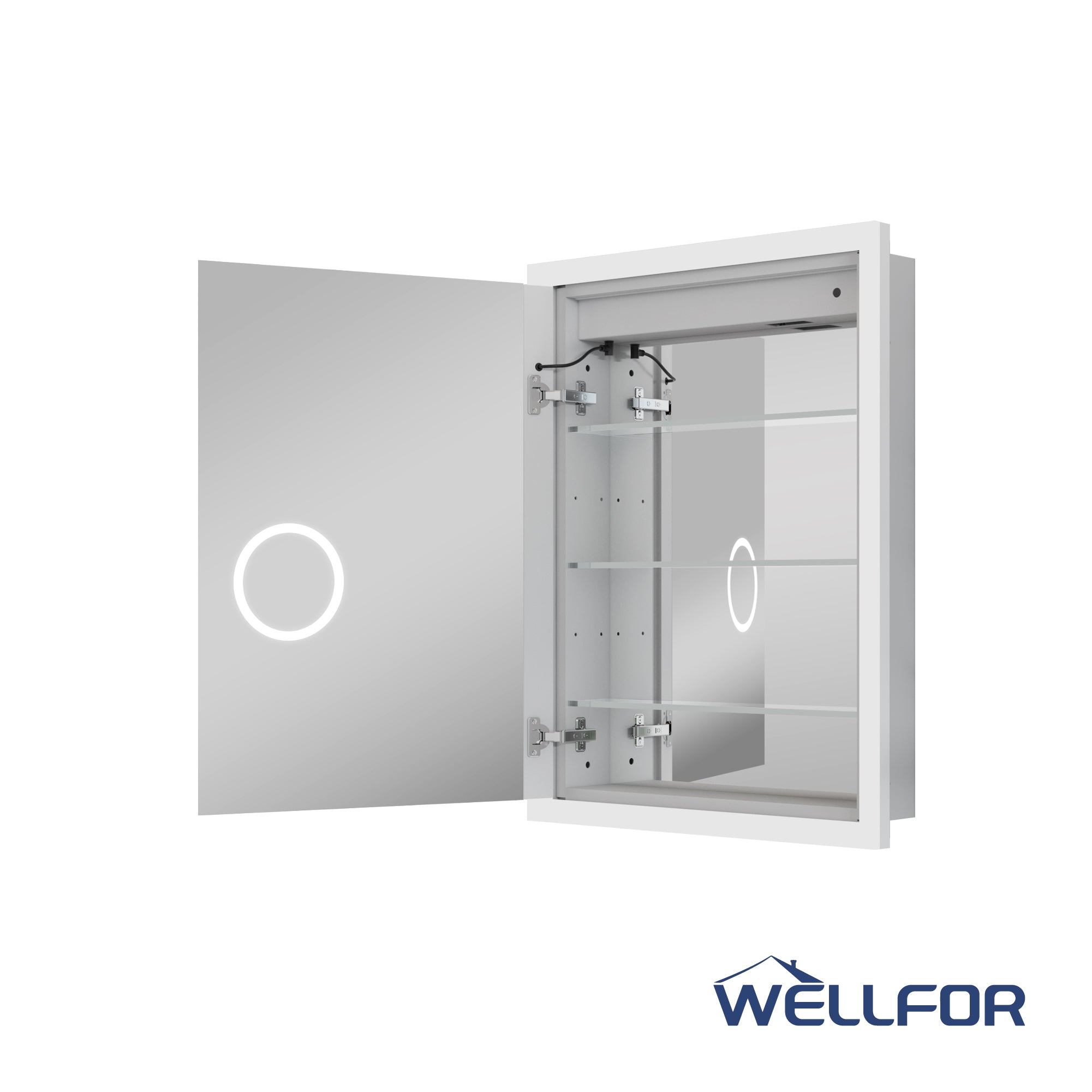
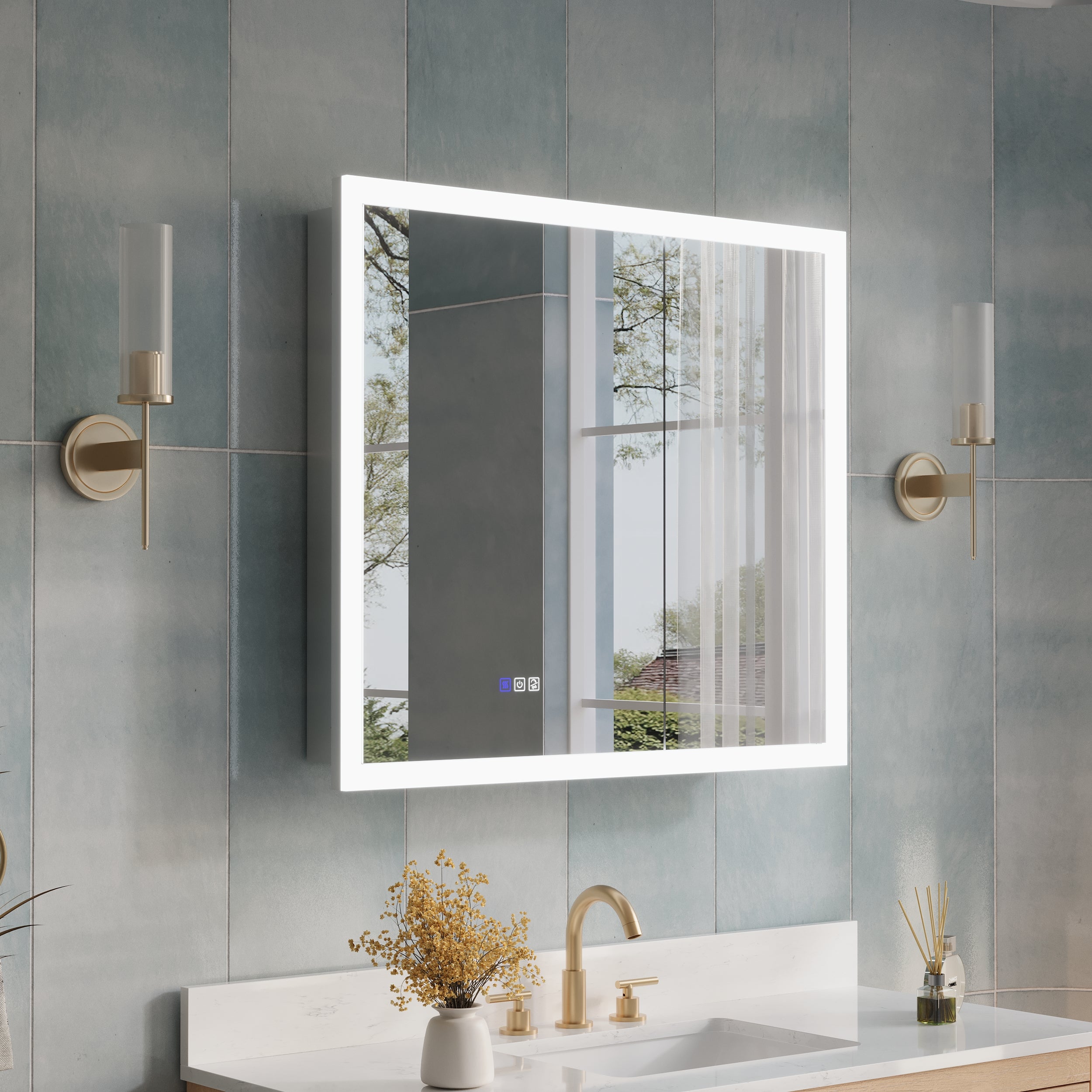




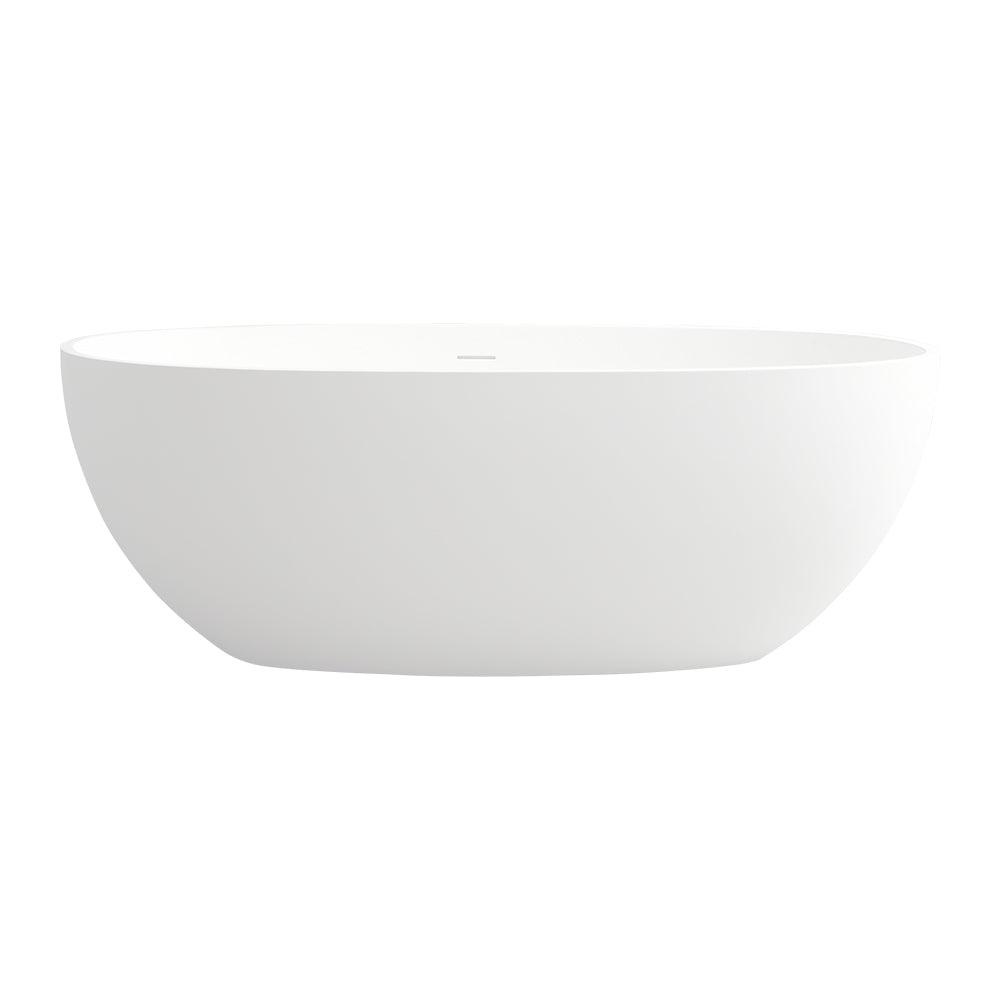
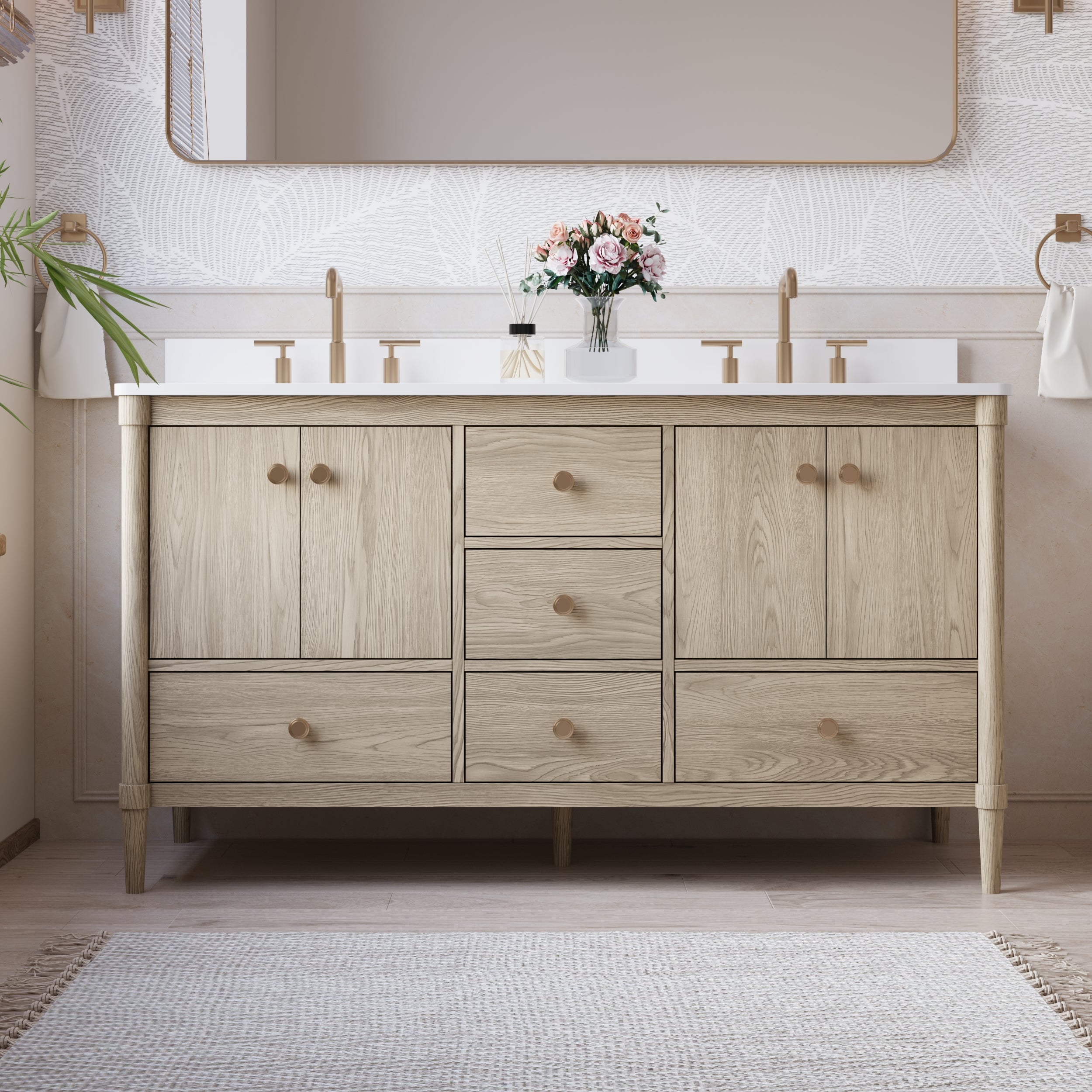
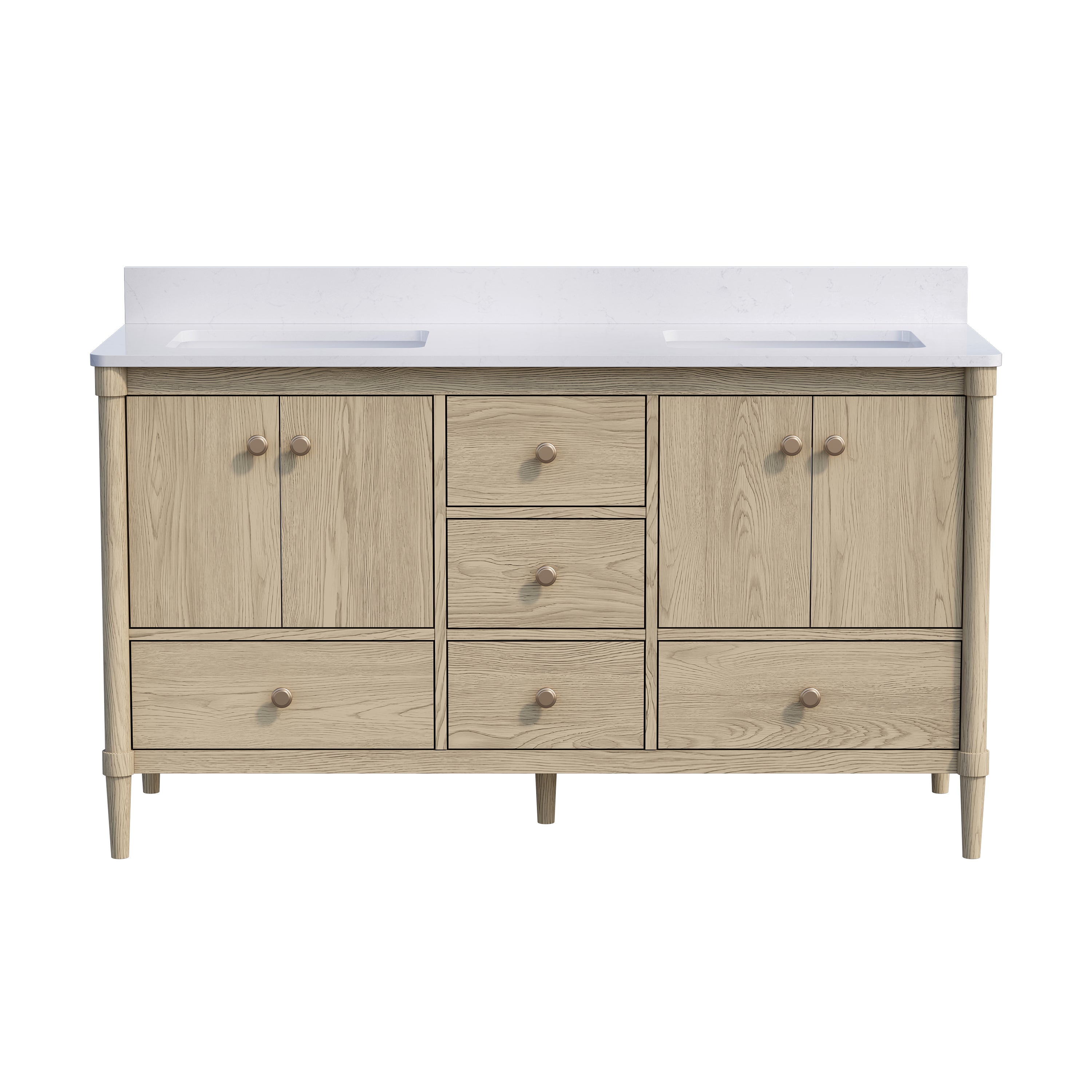
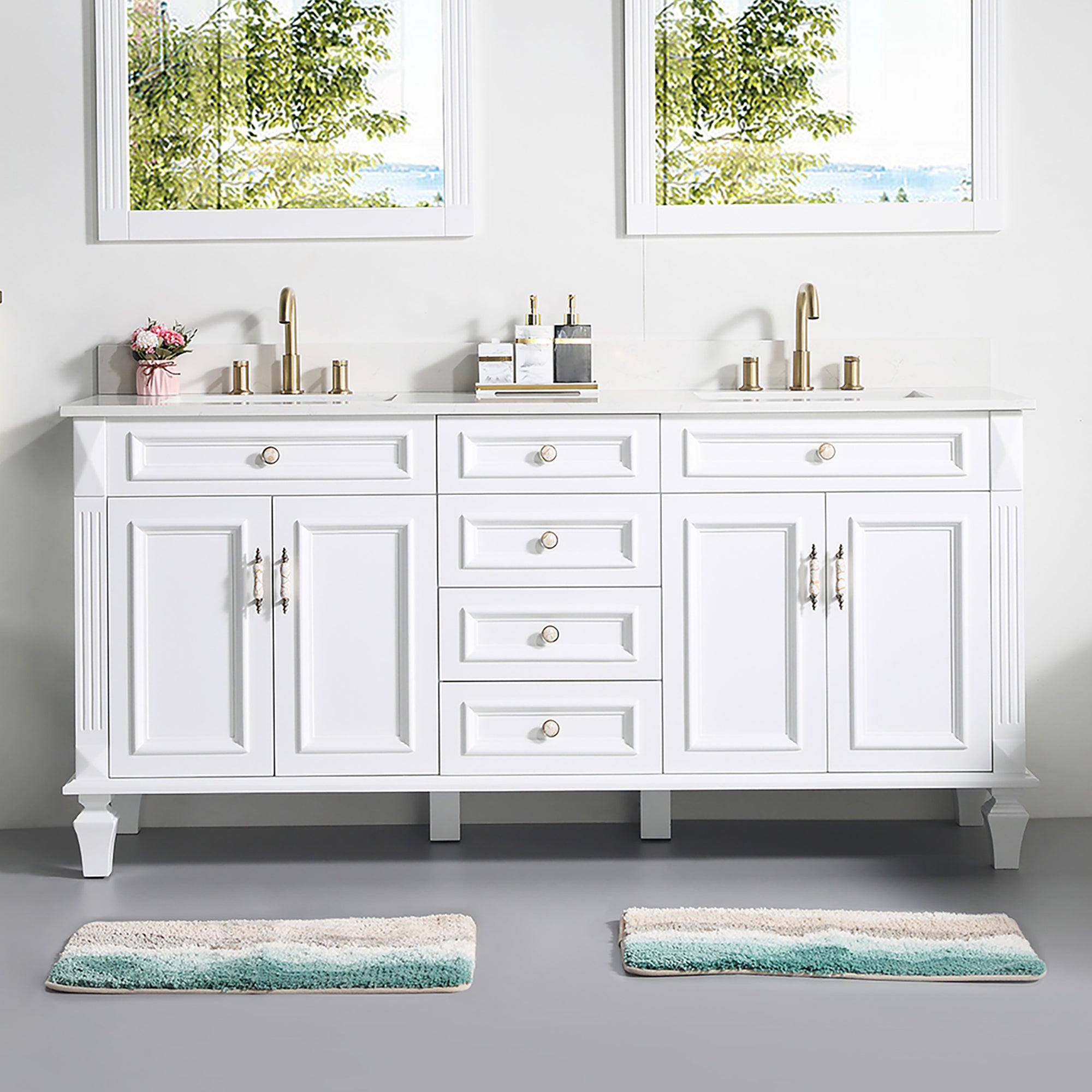

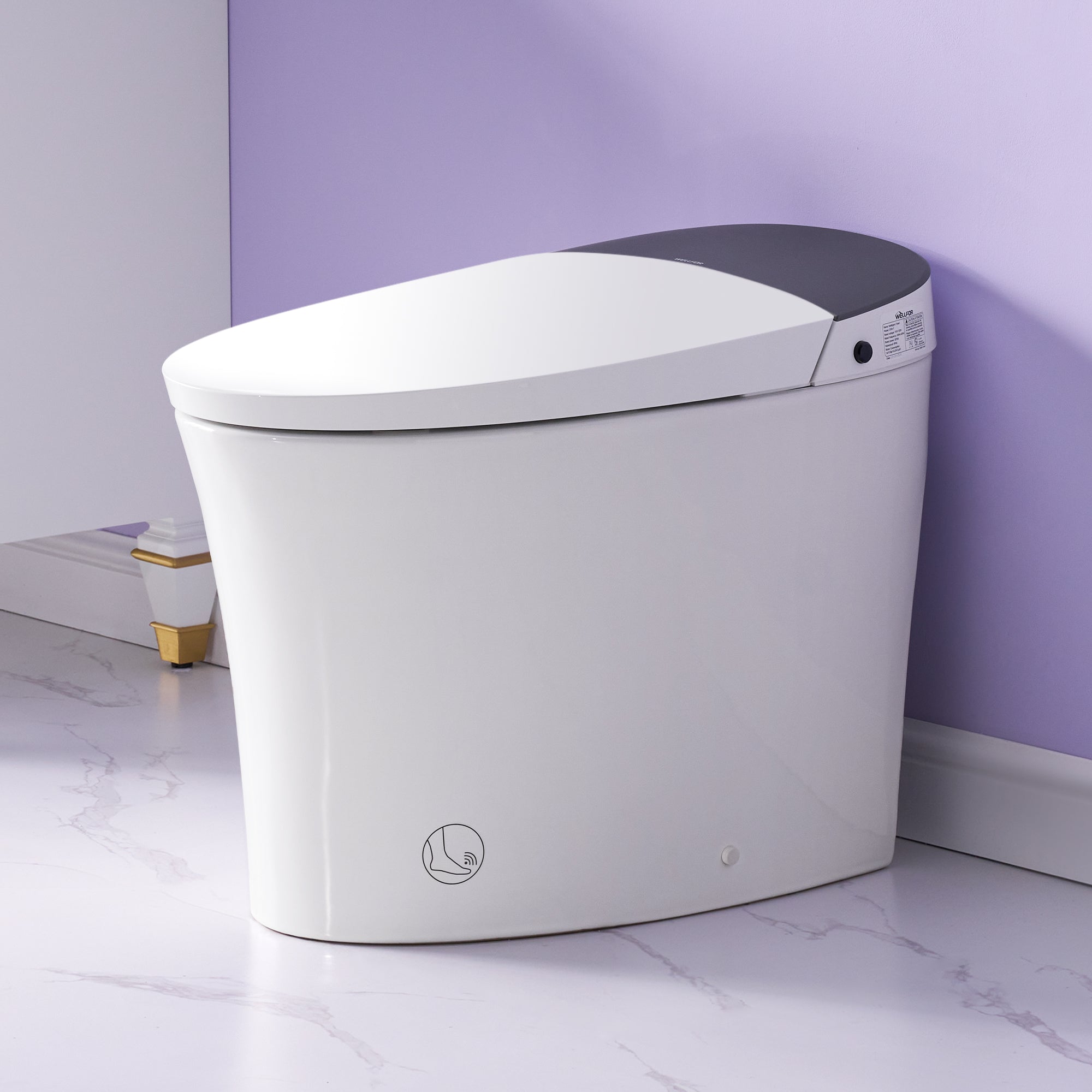
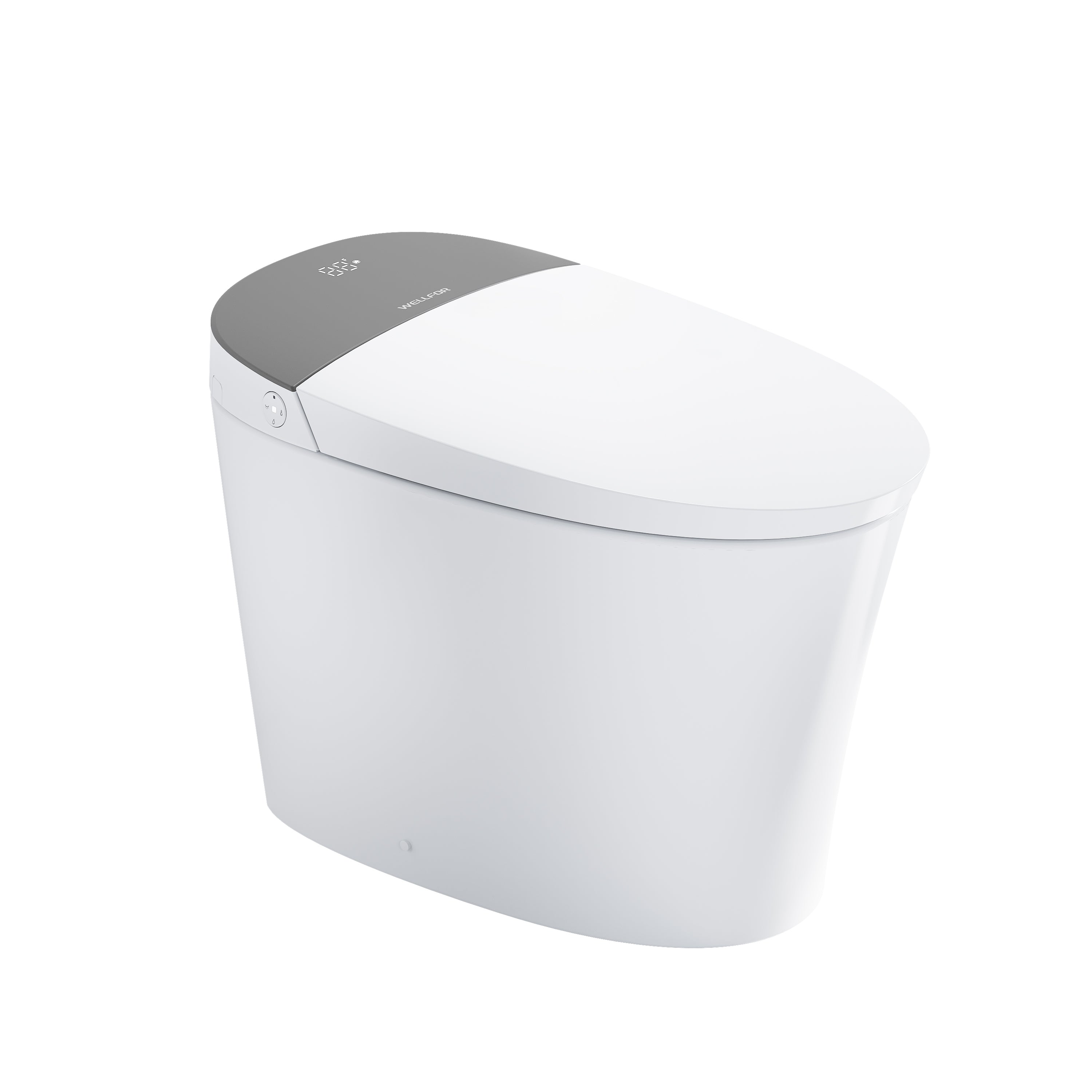

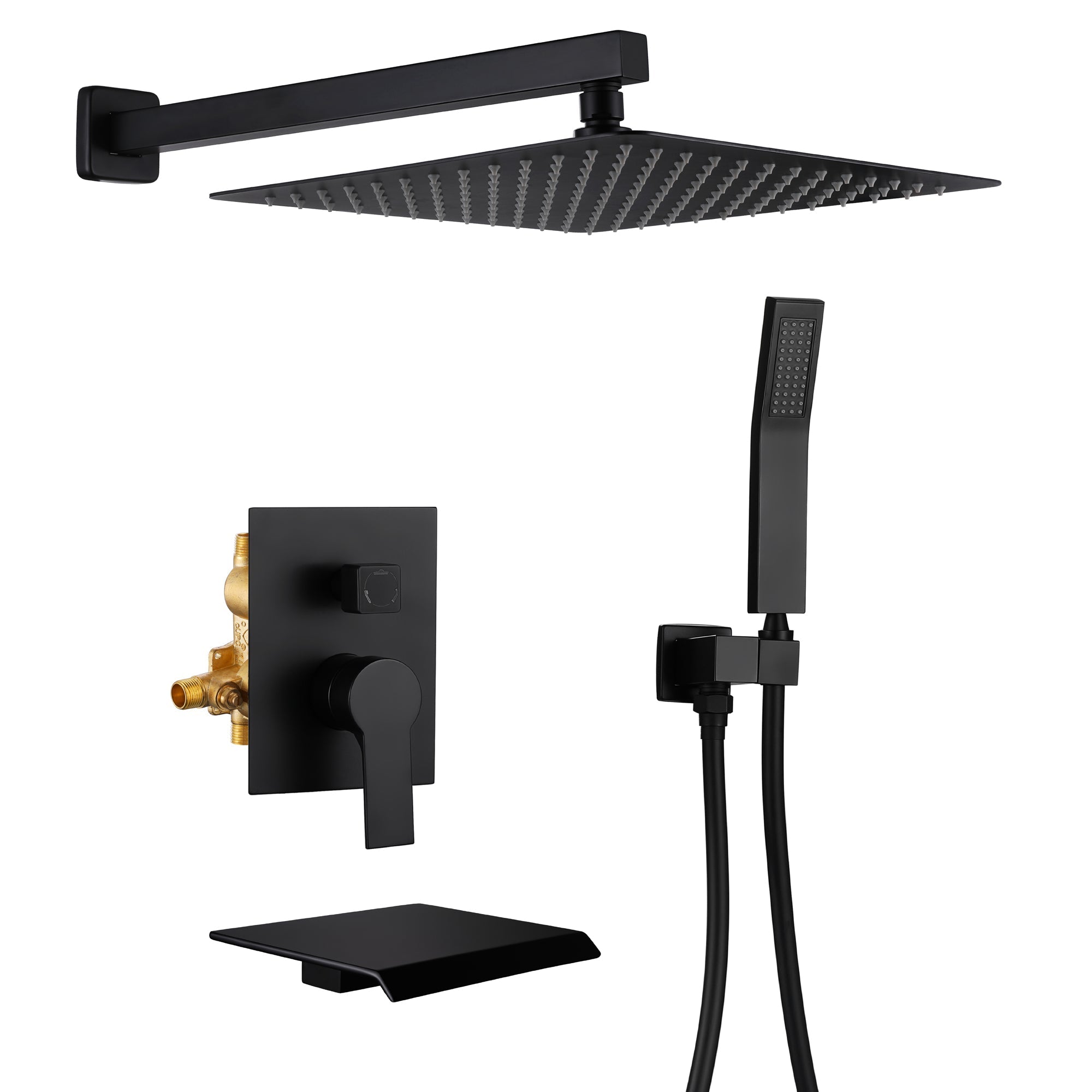
Leave a comment
This site is protected by hCaptcha and the hCaptcha Privacy Policy and Terms of Service apply.